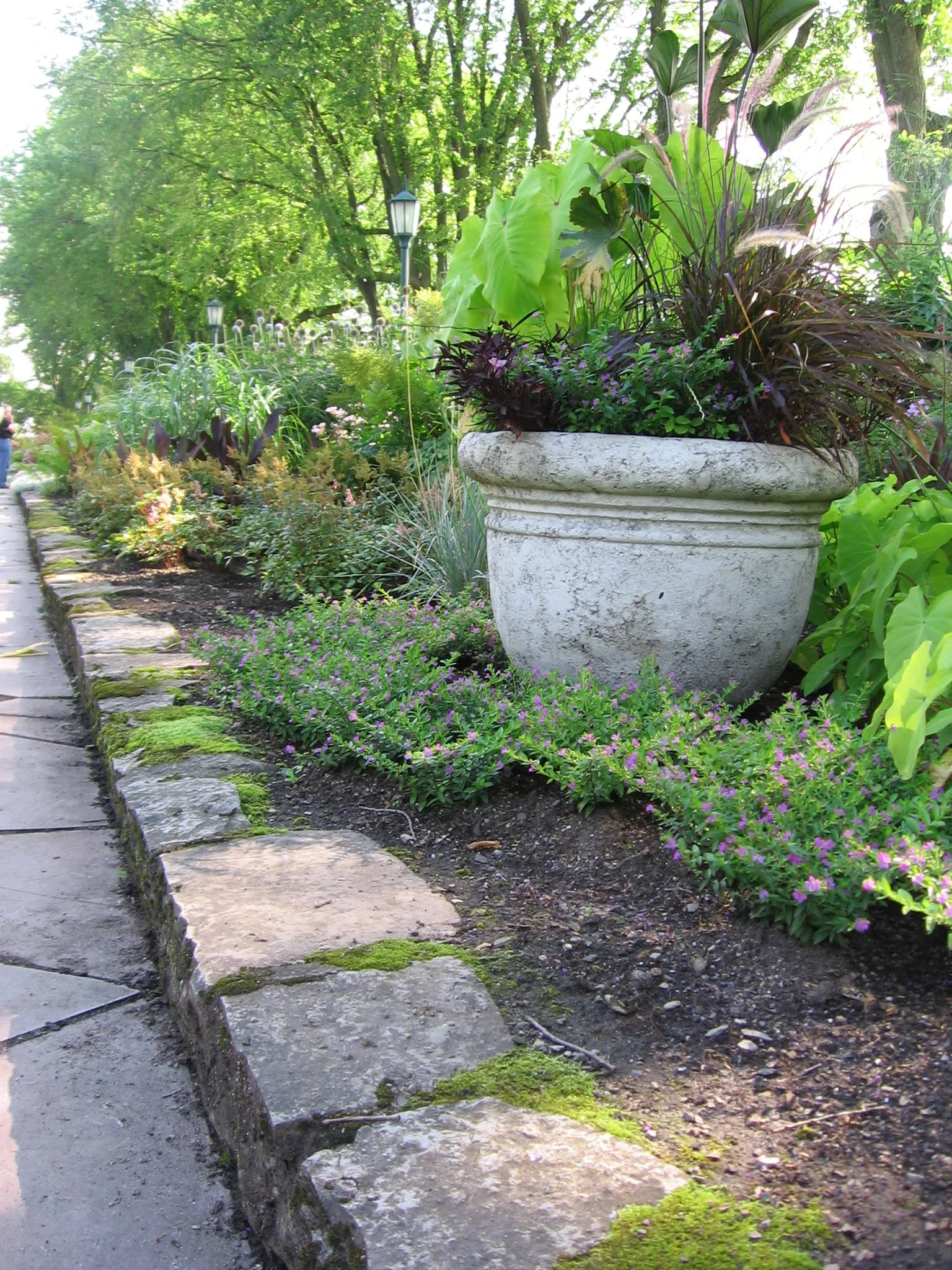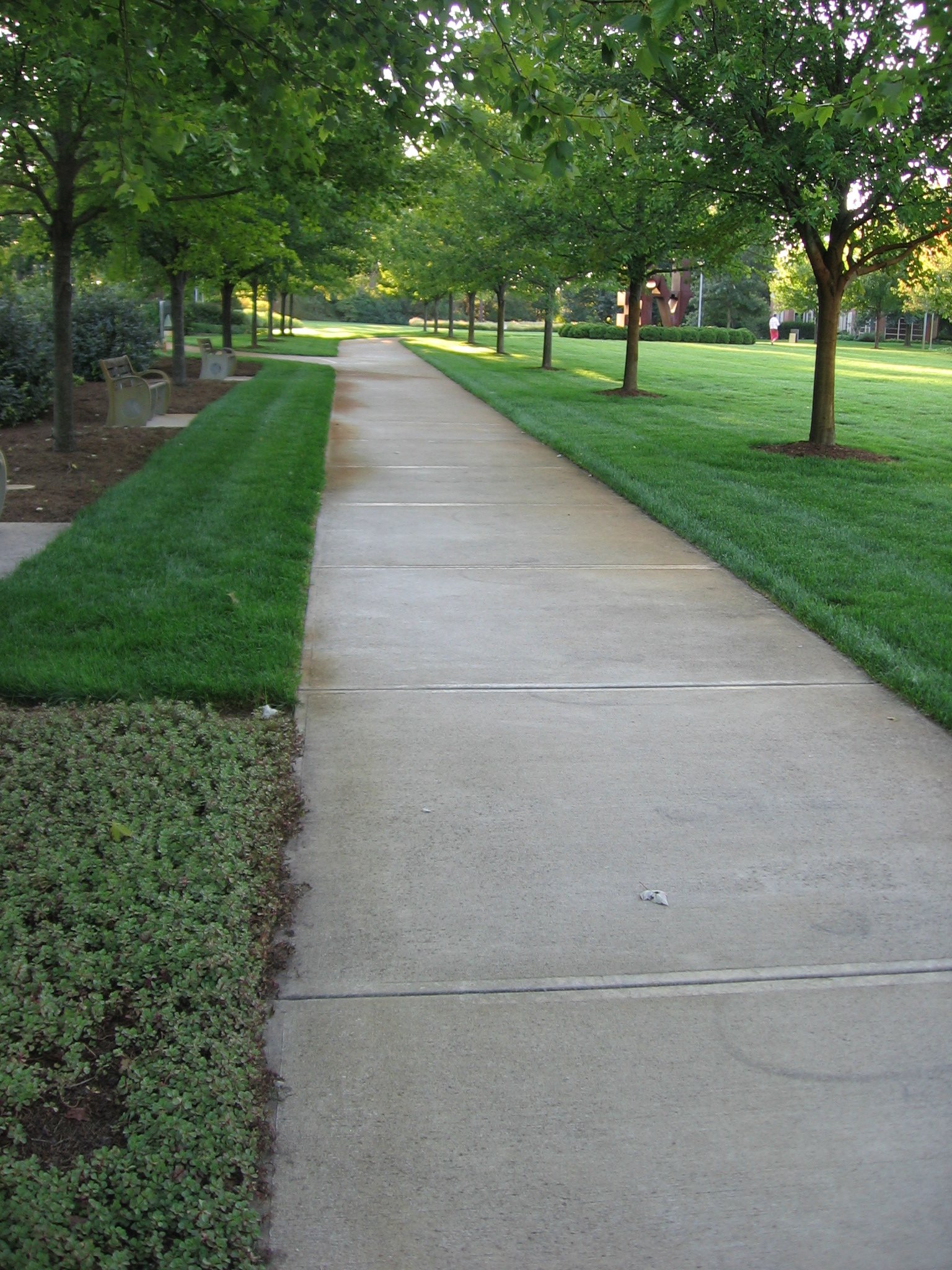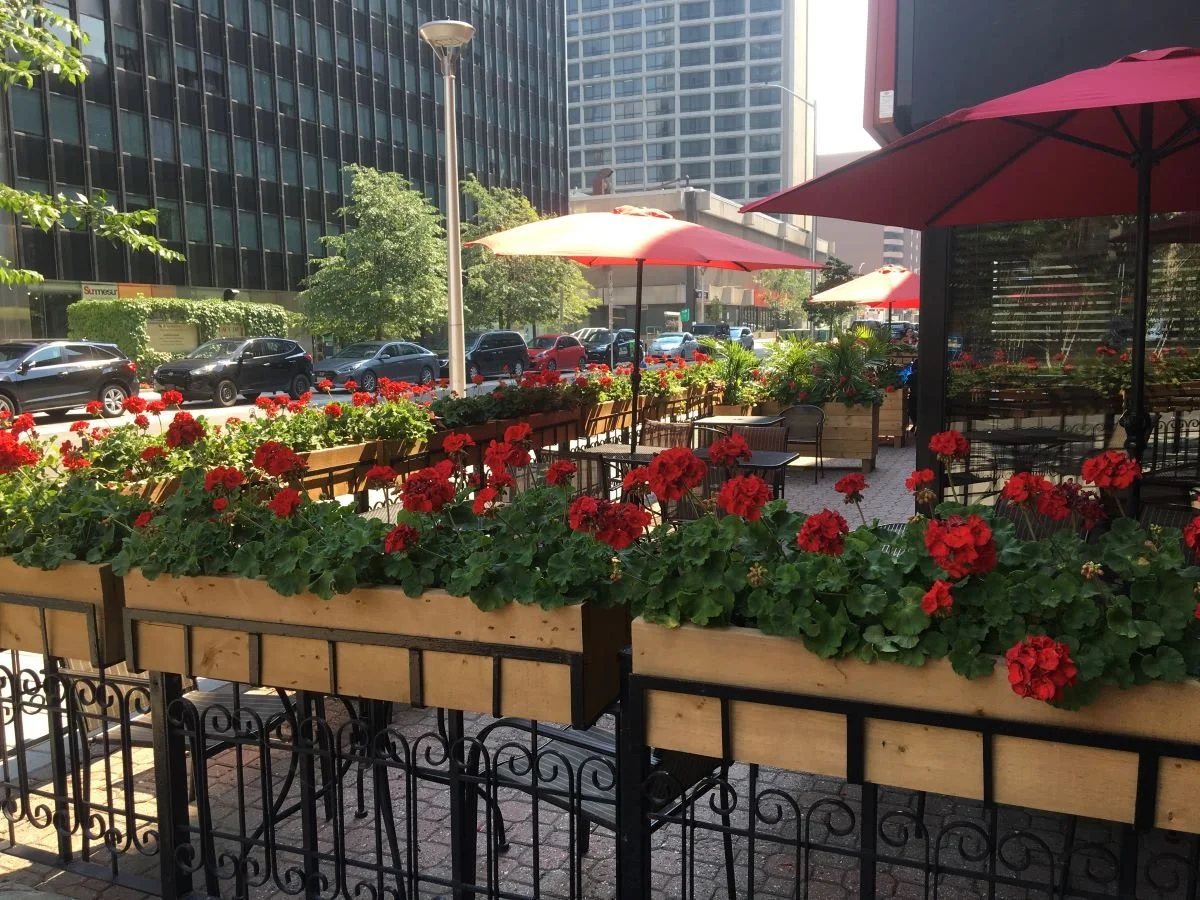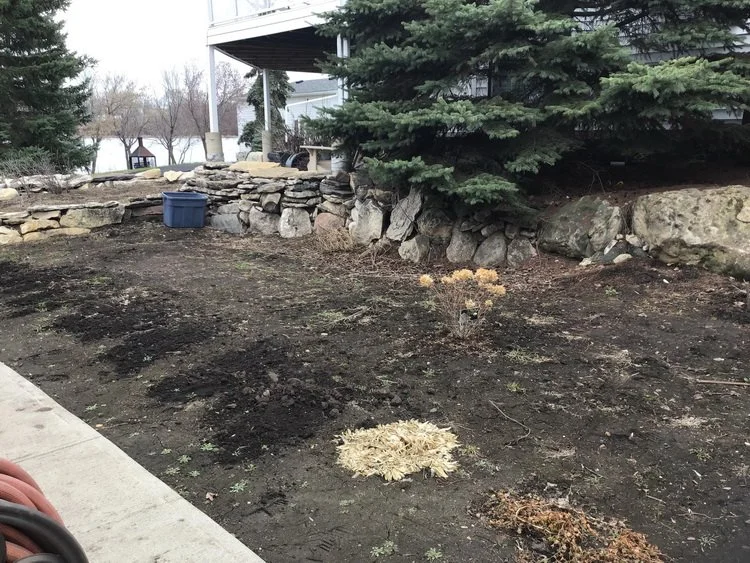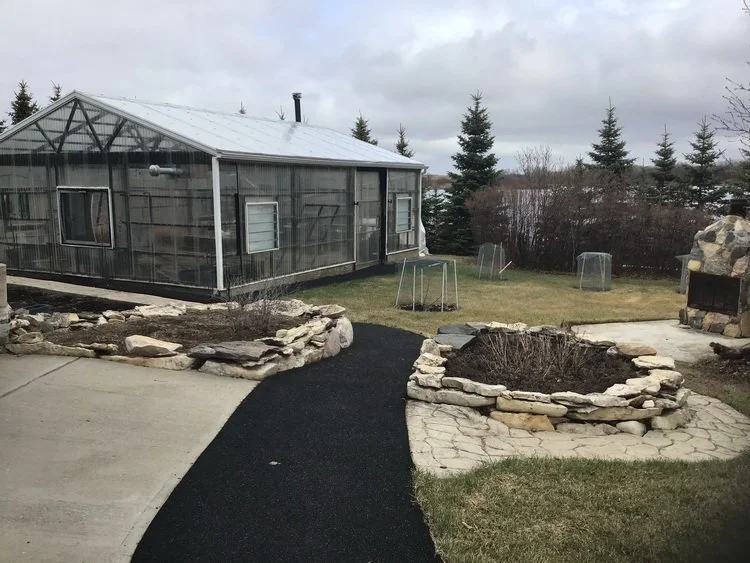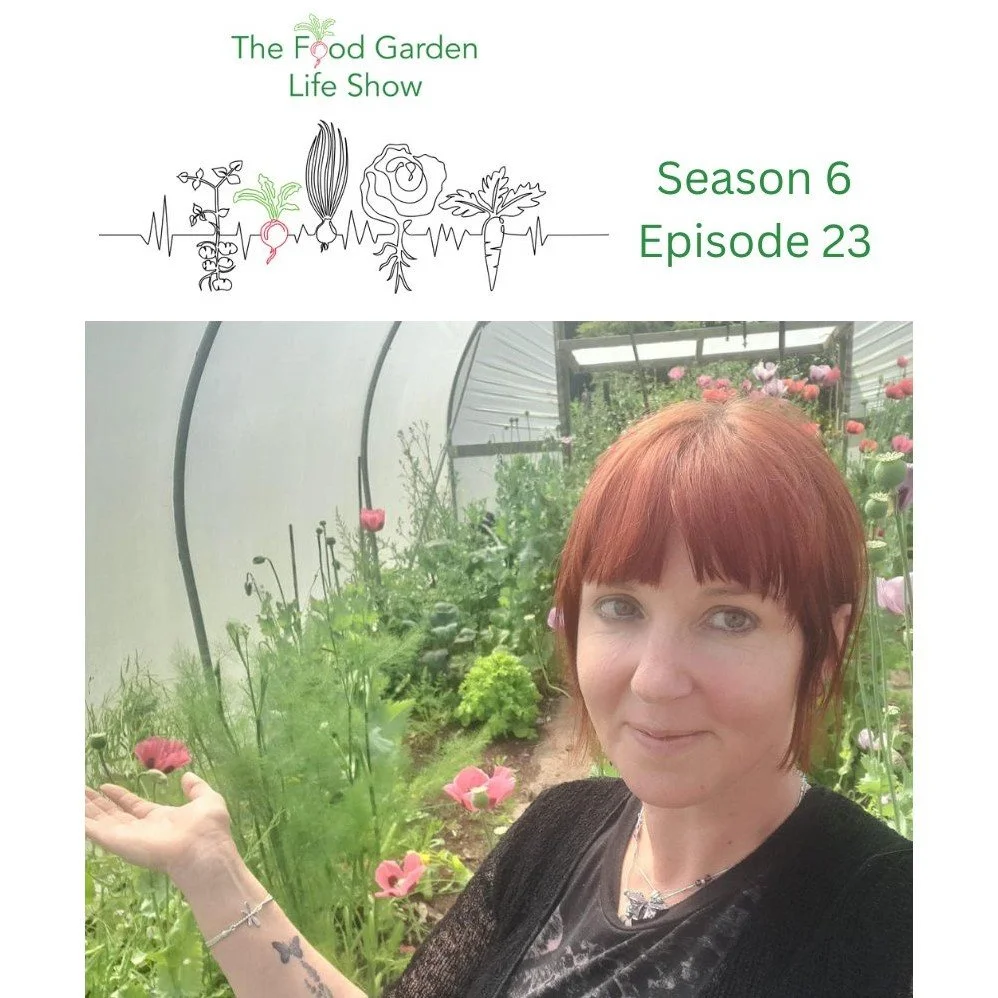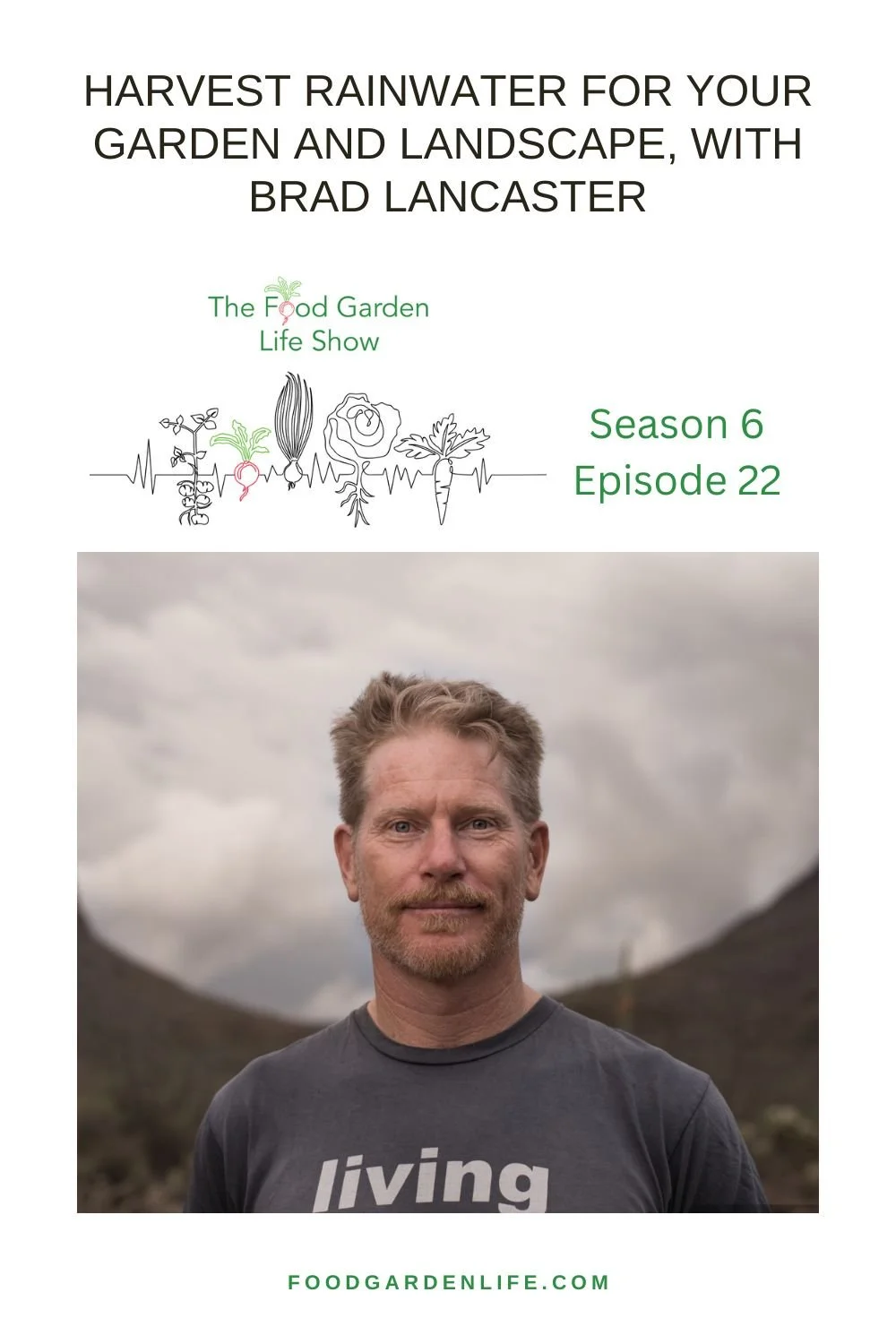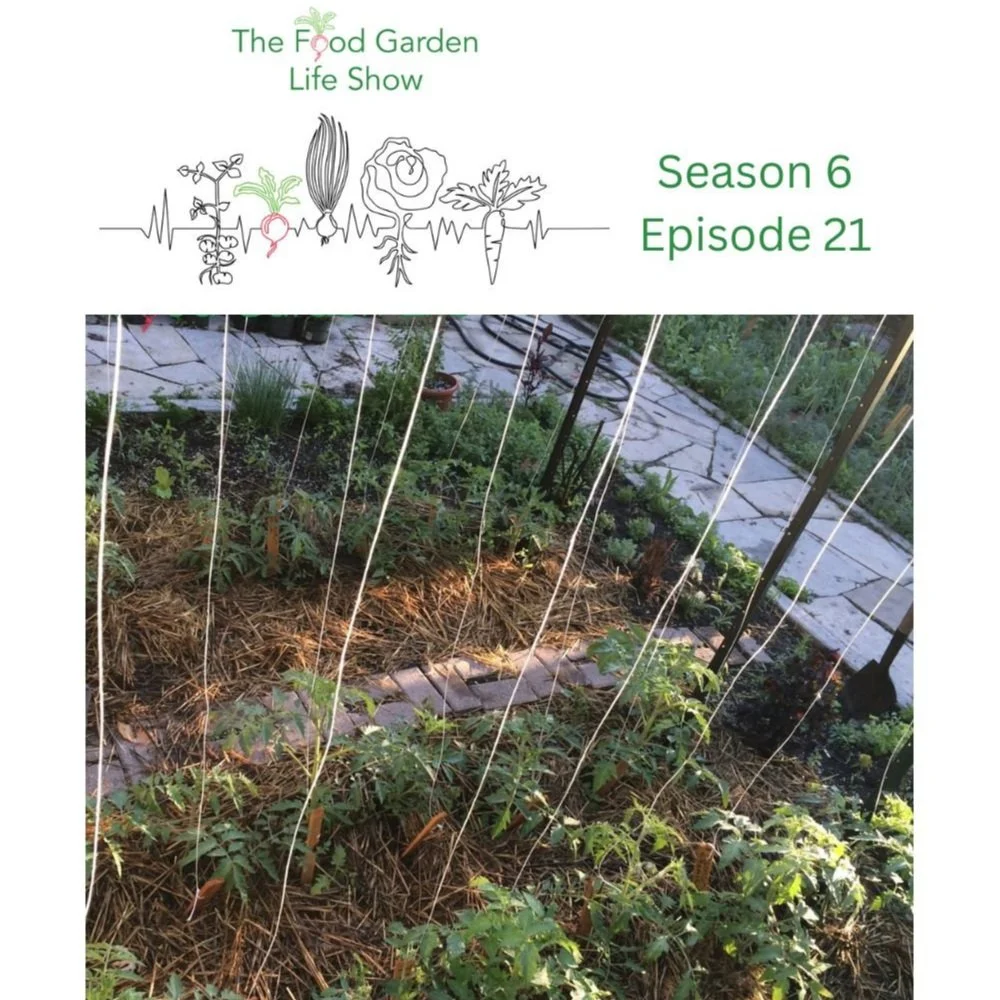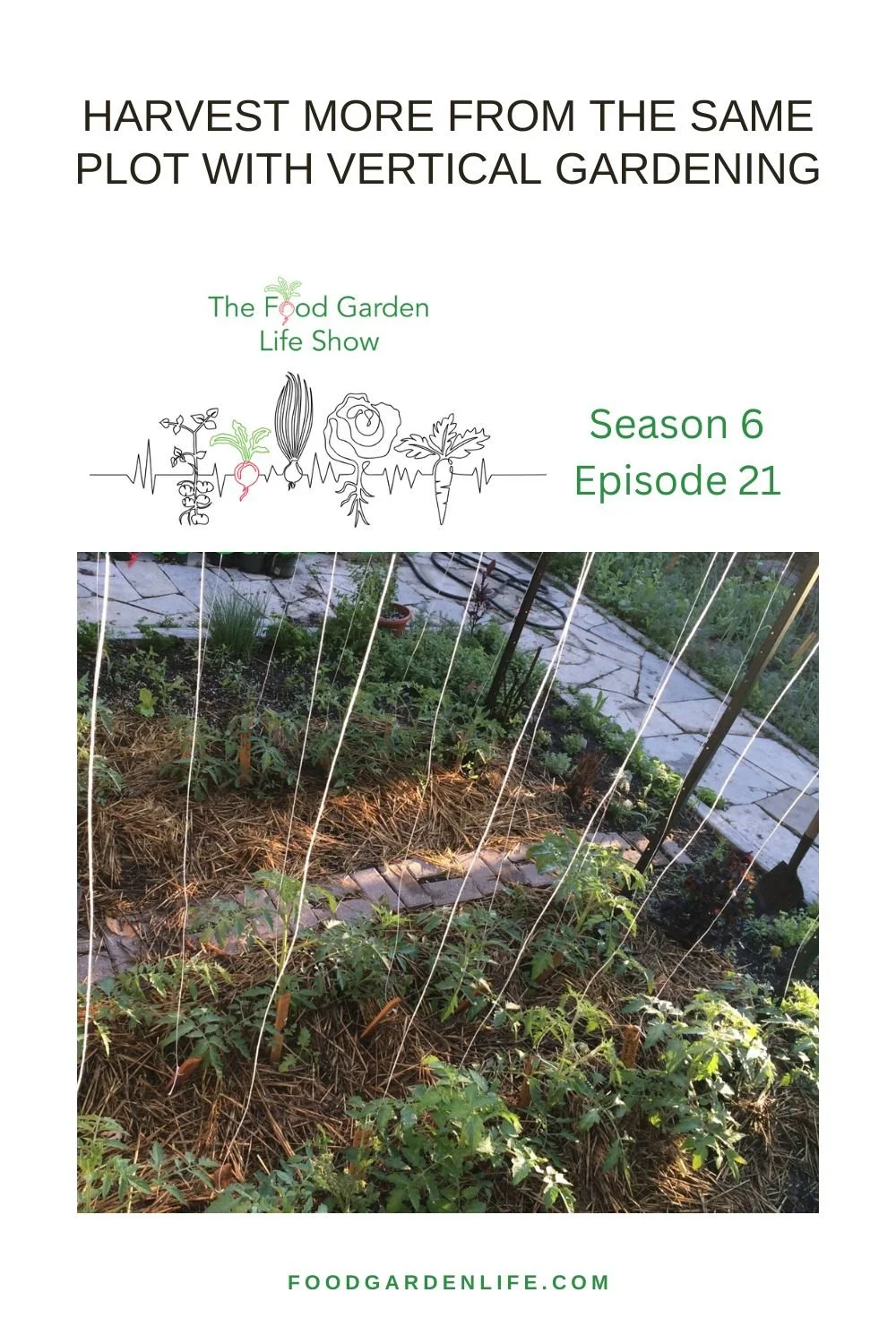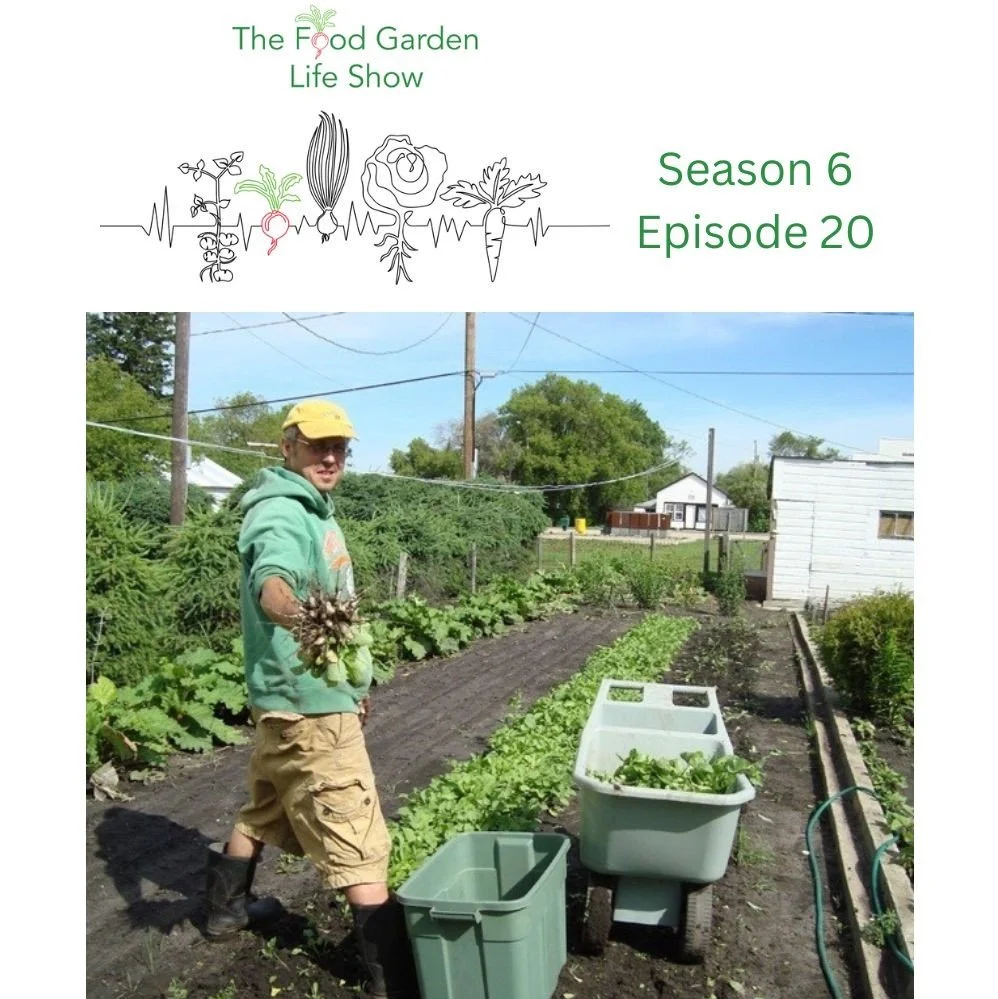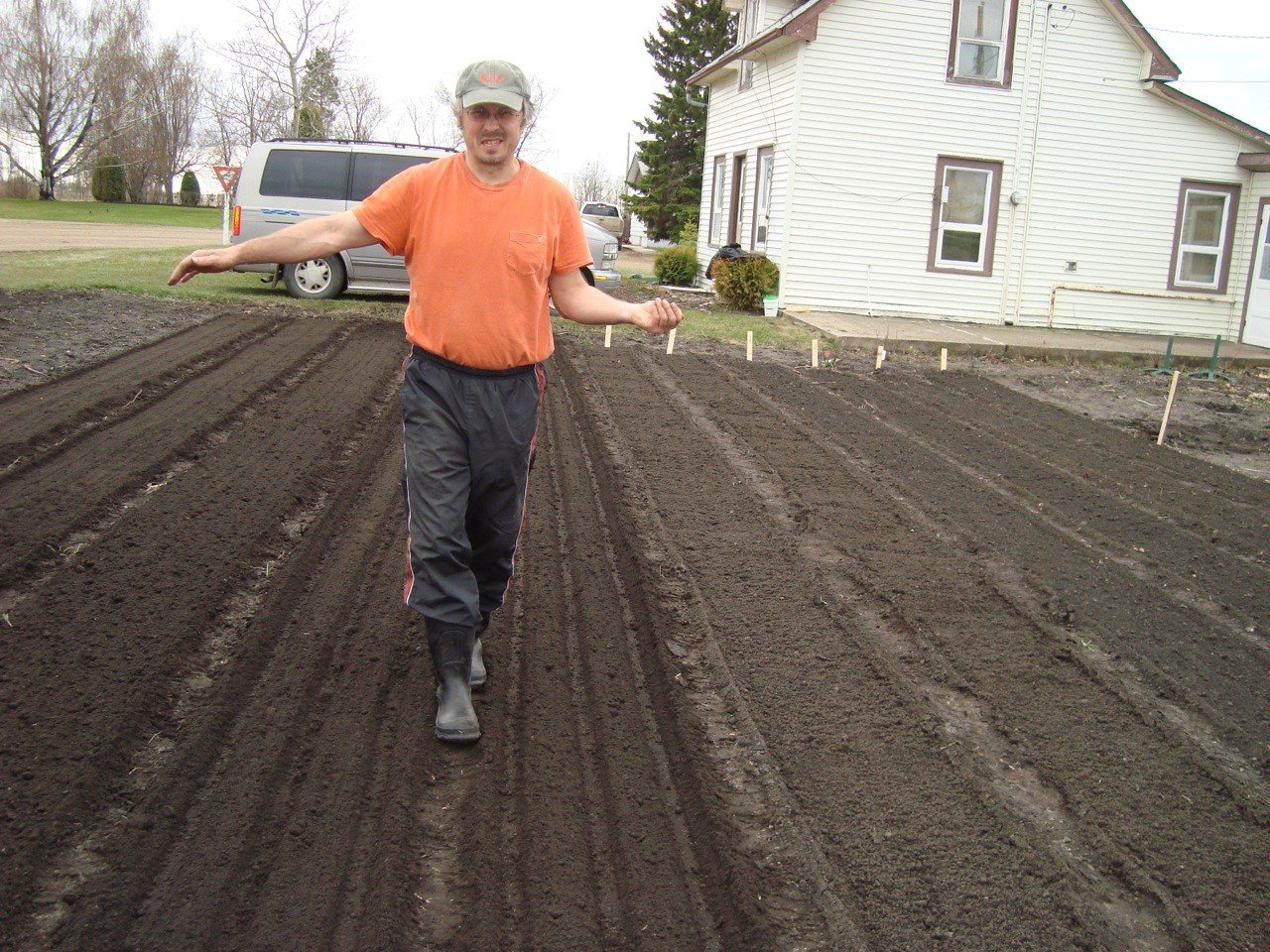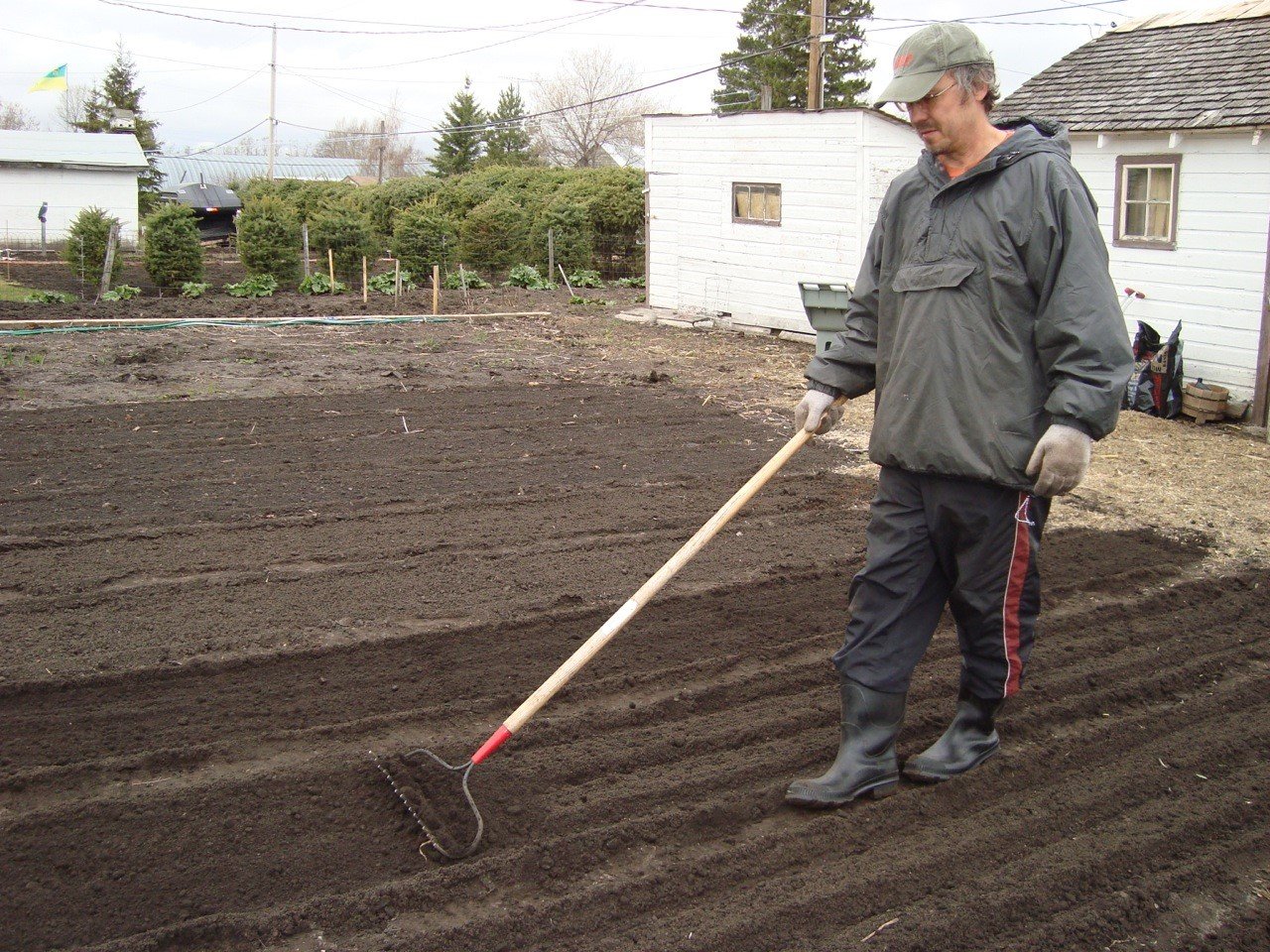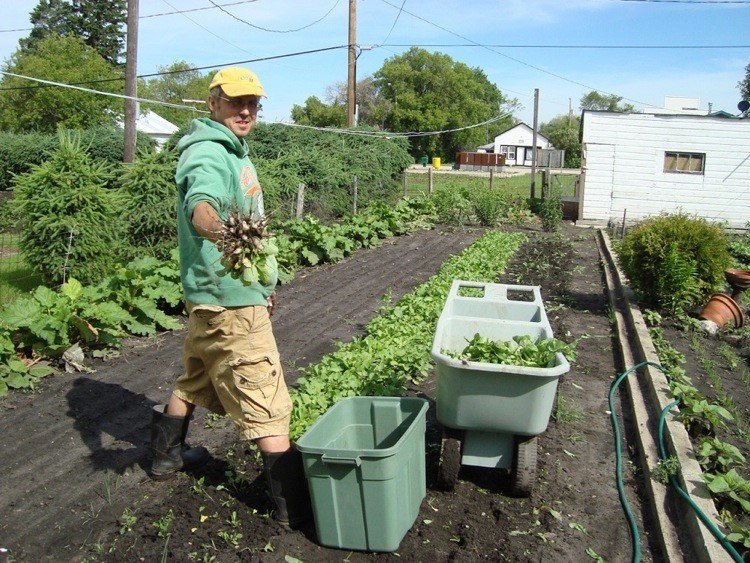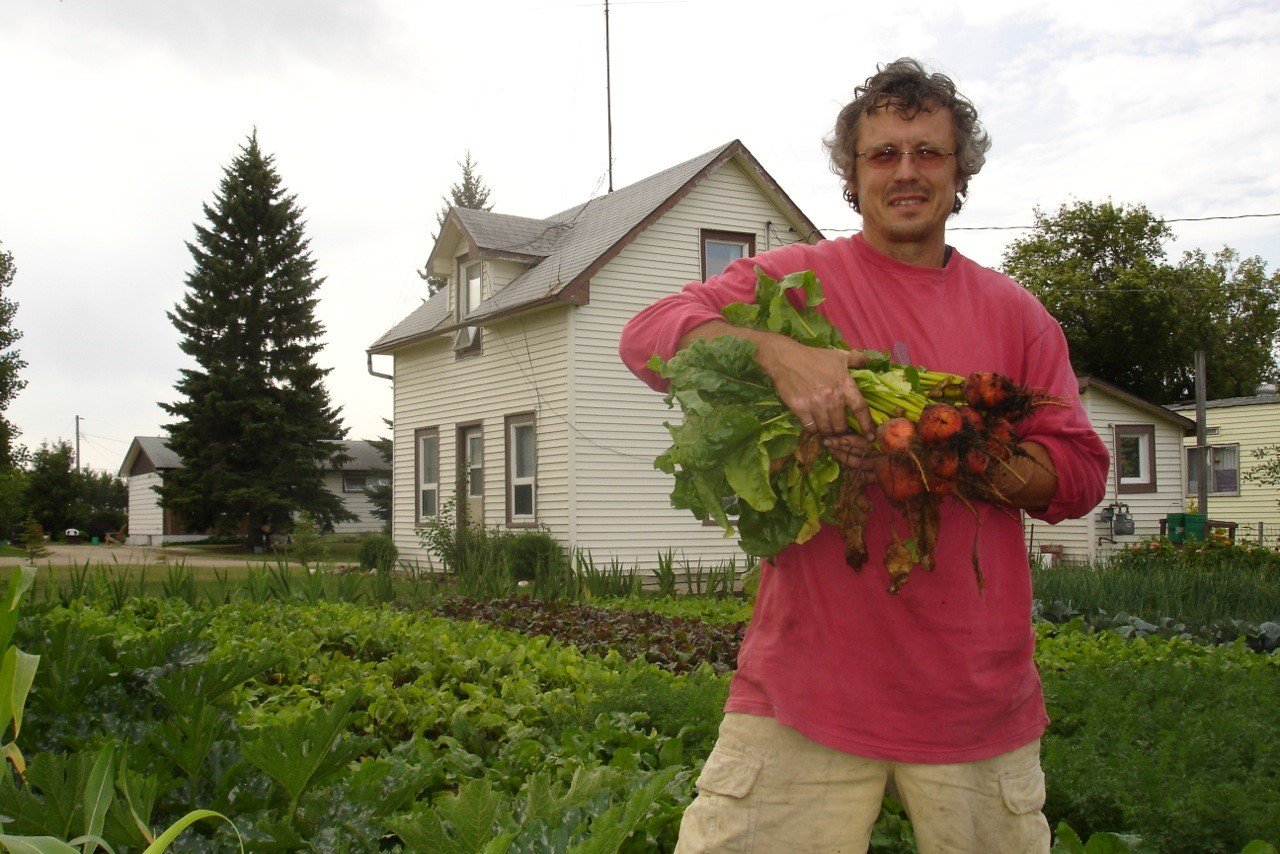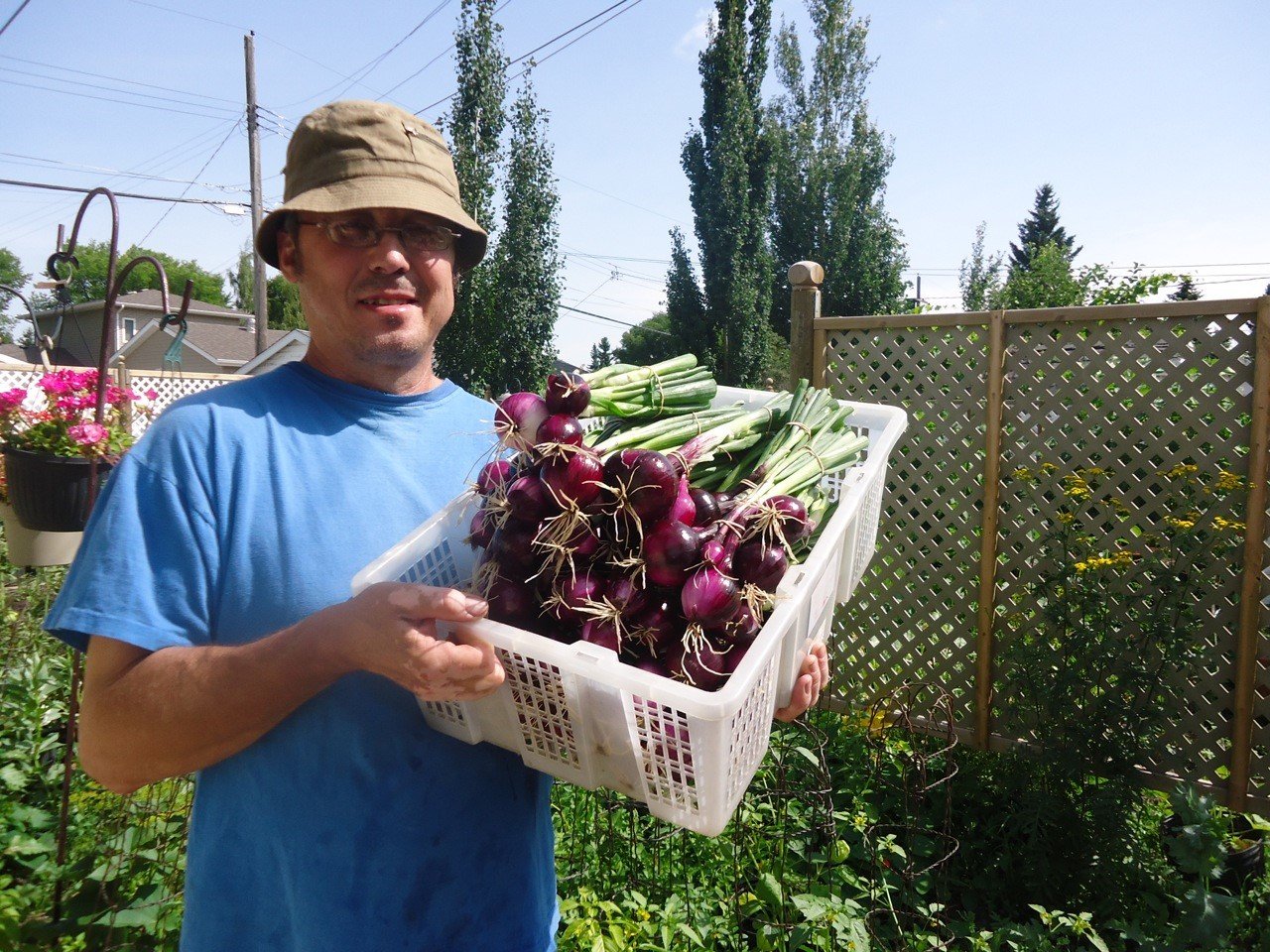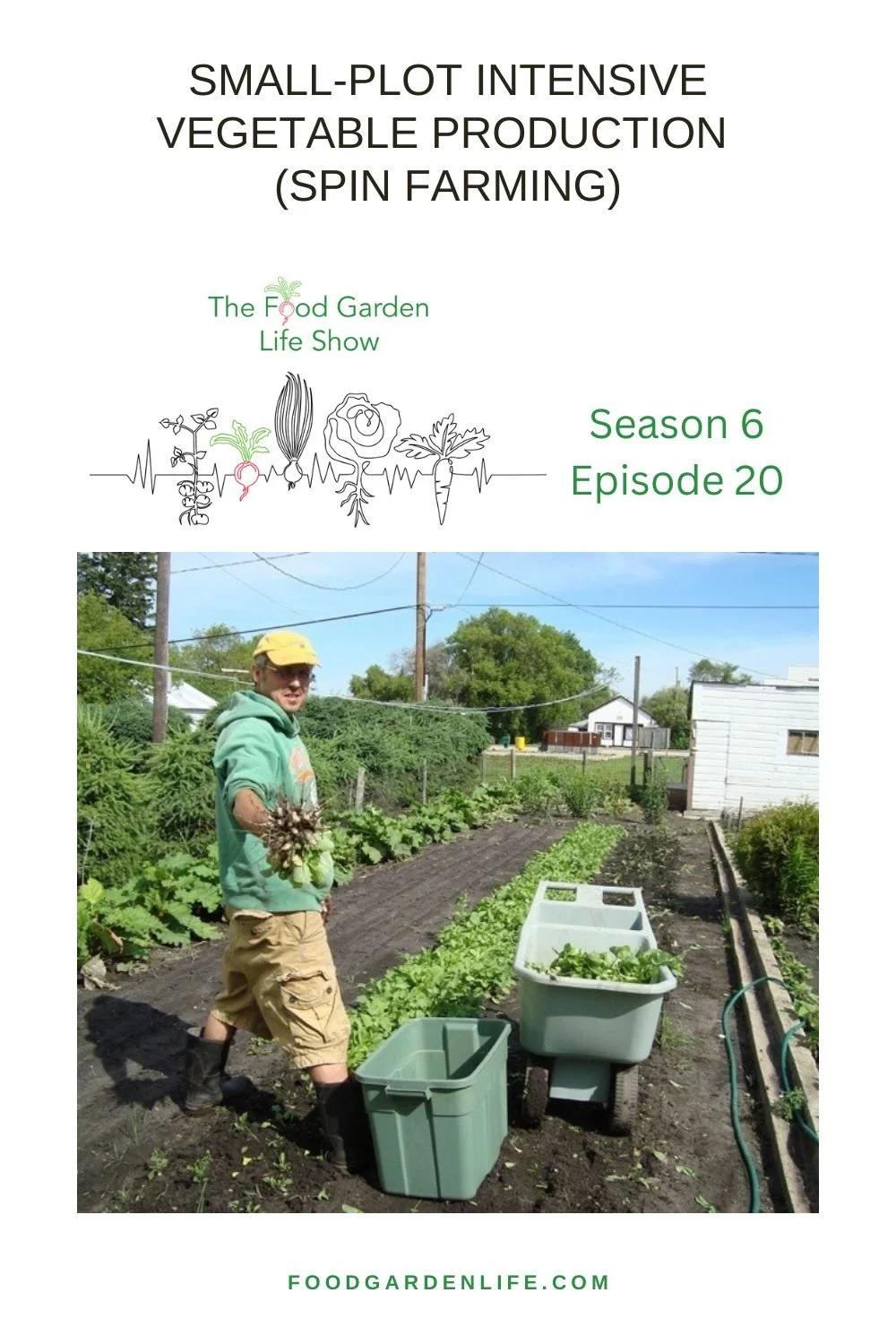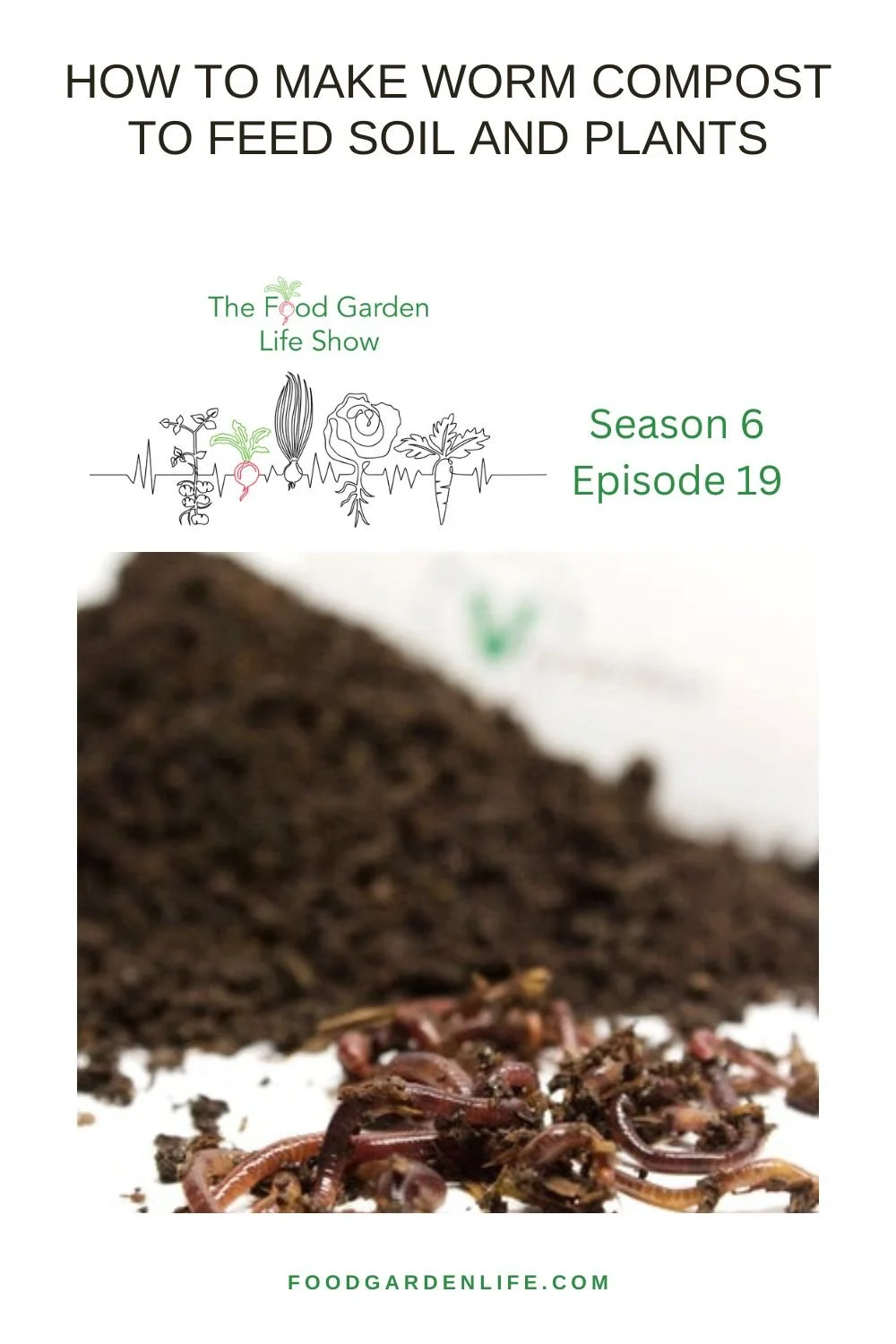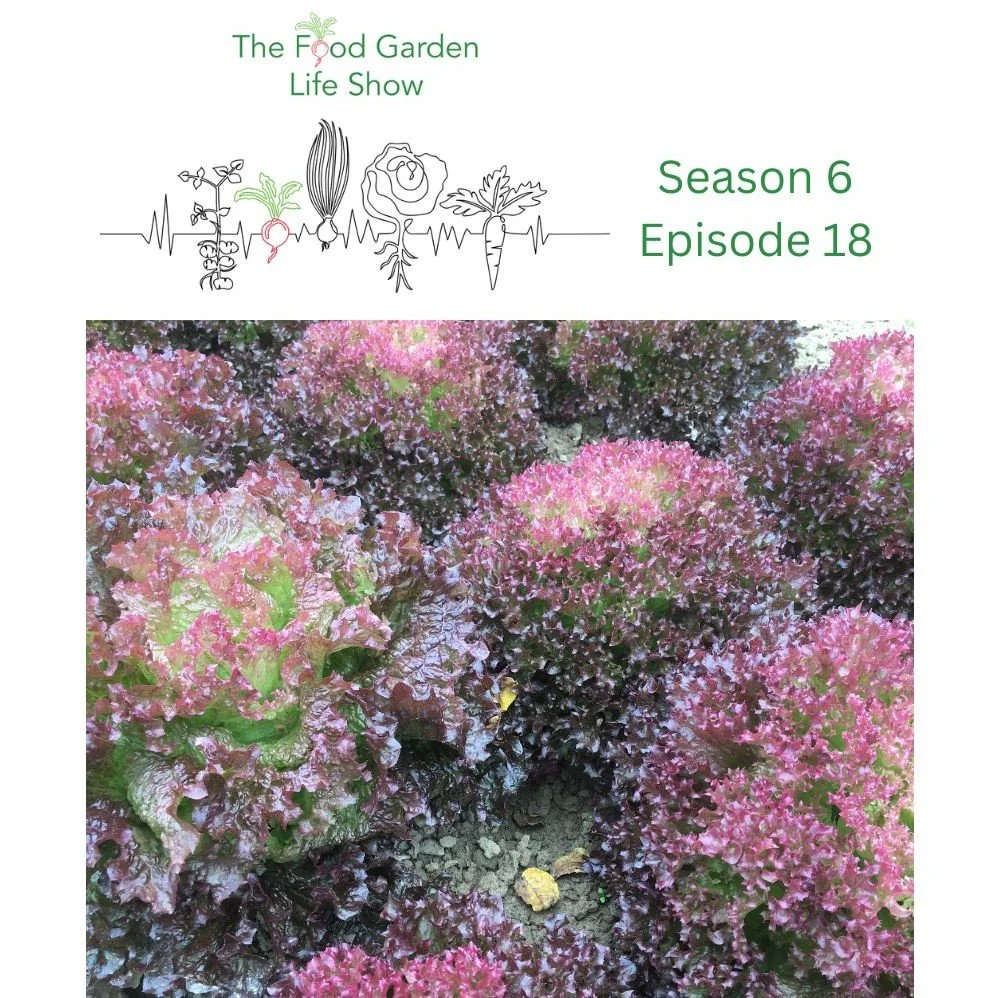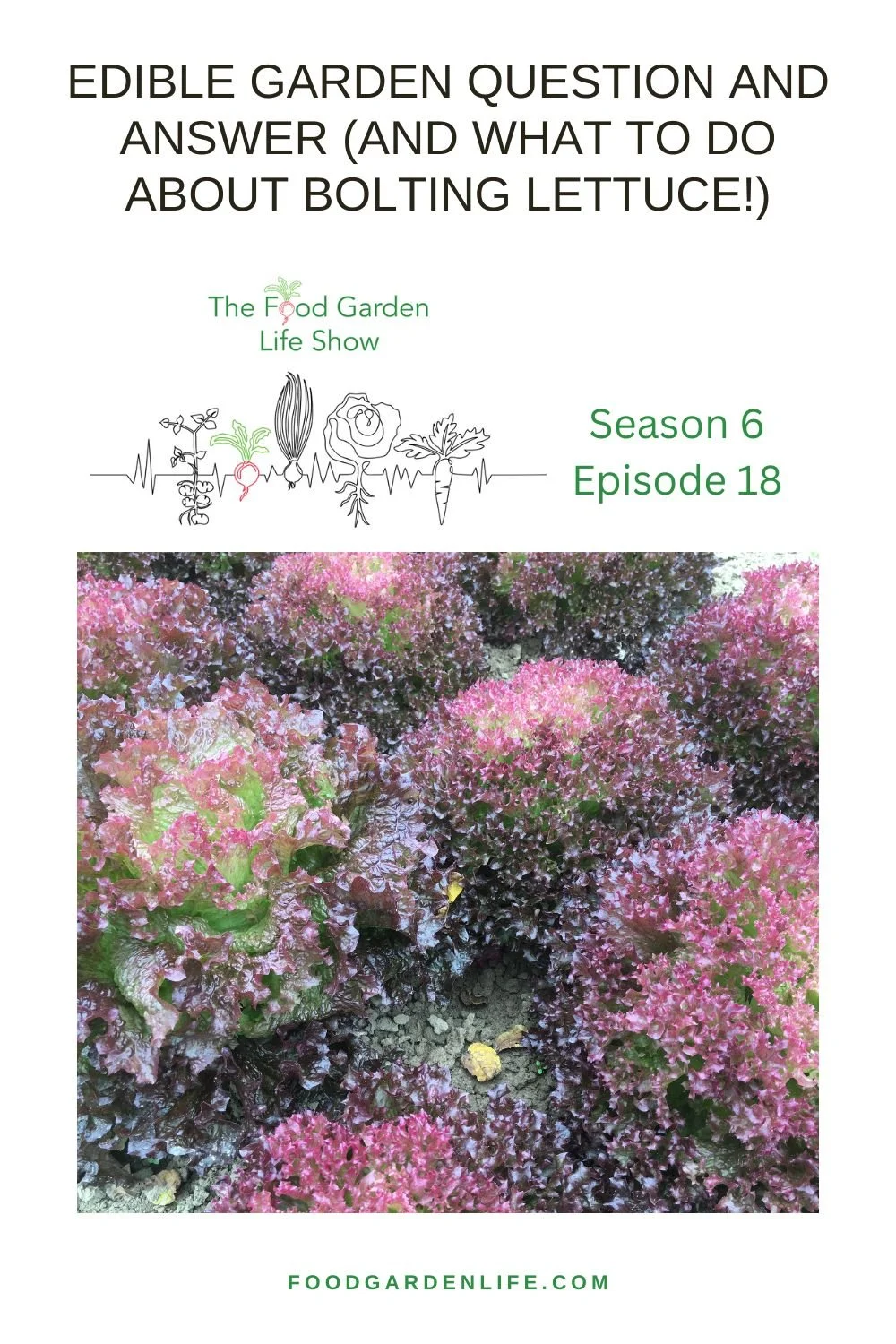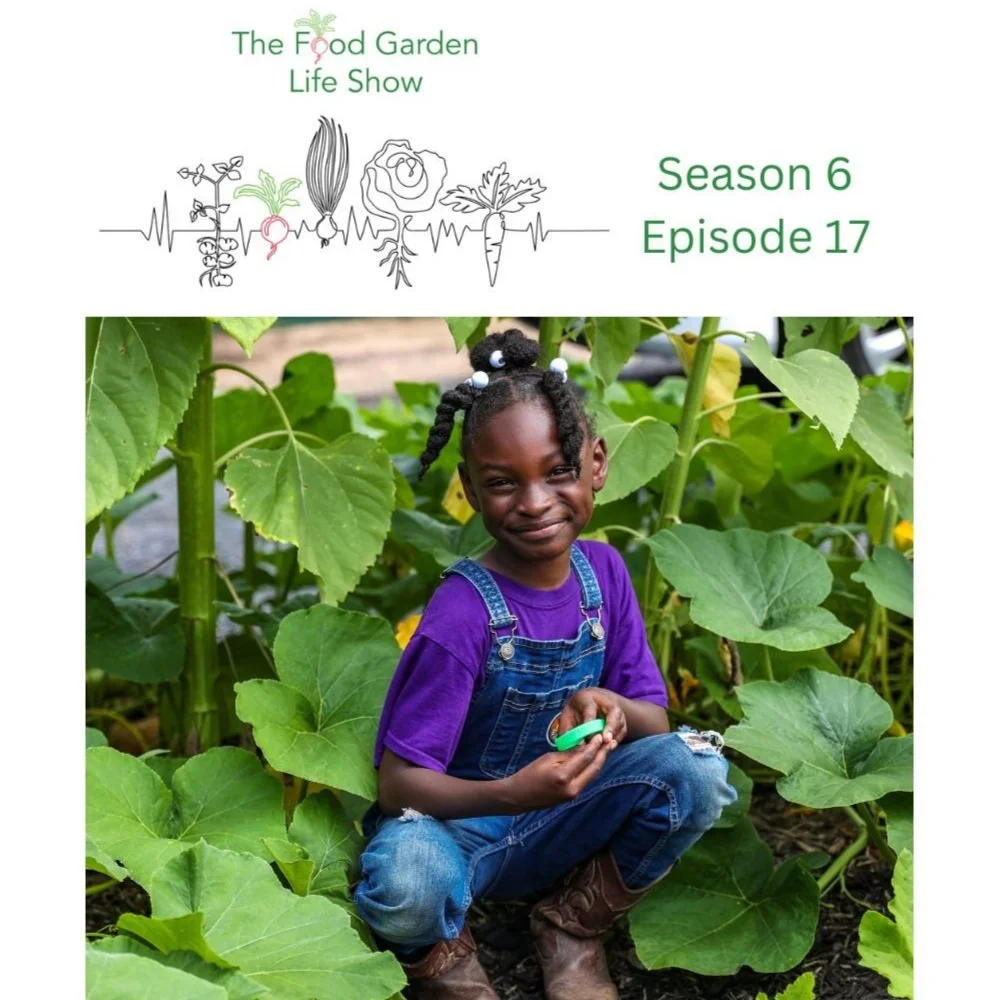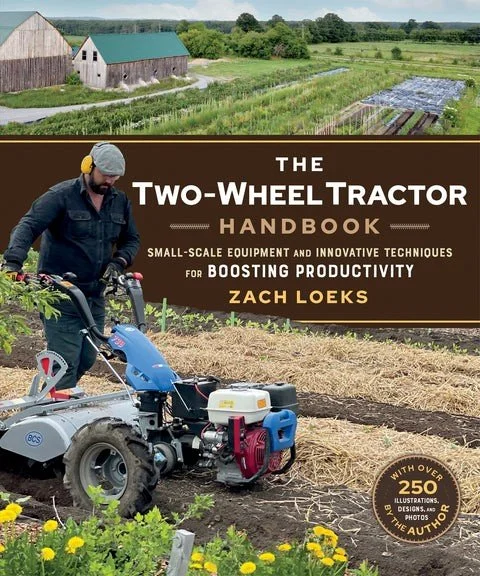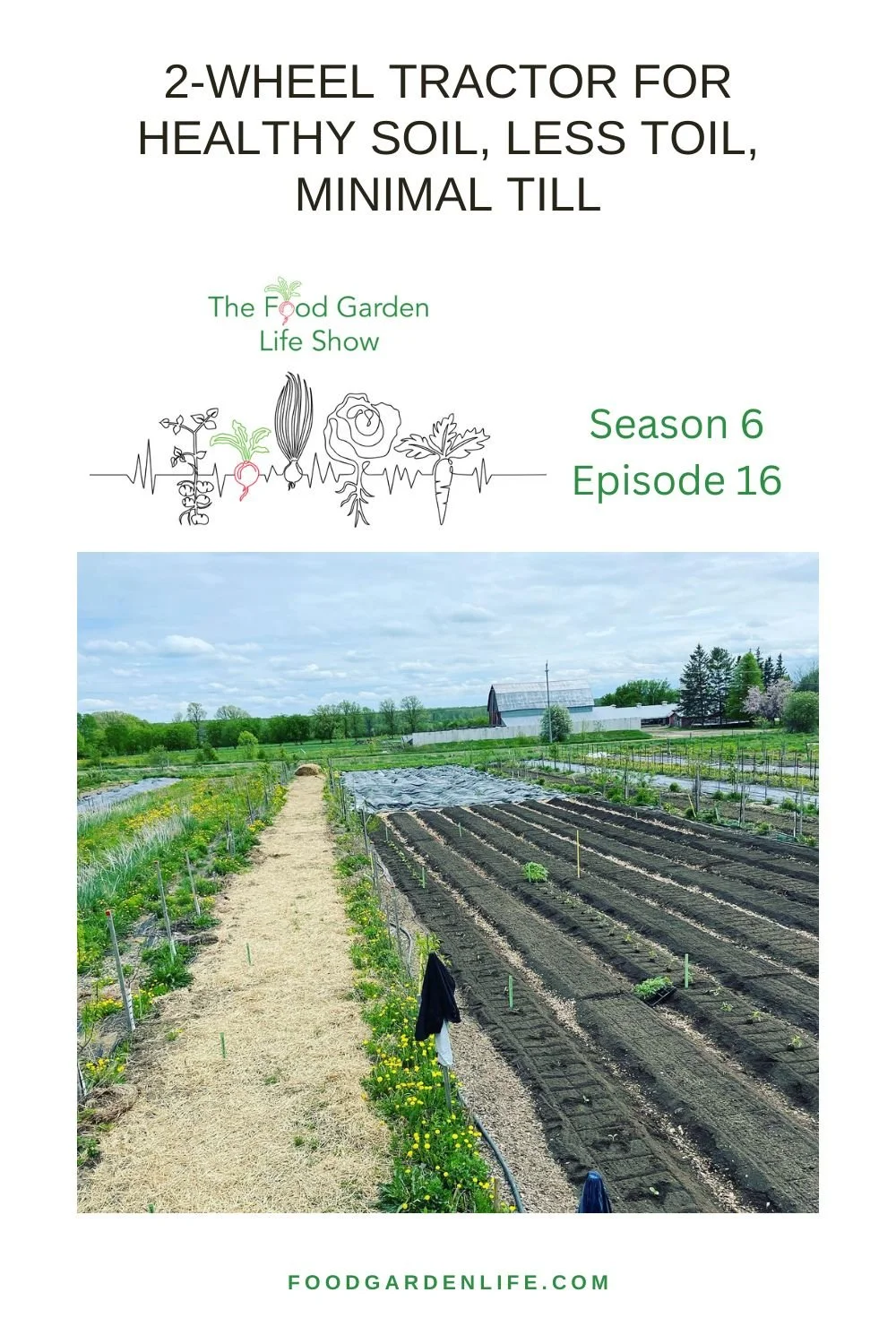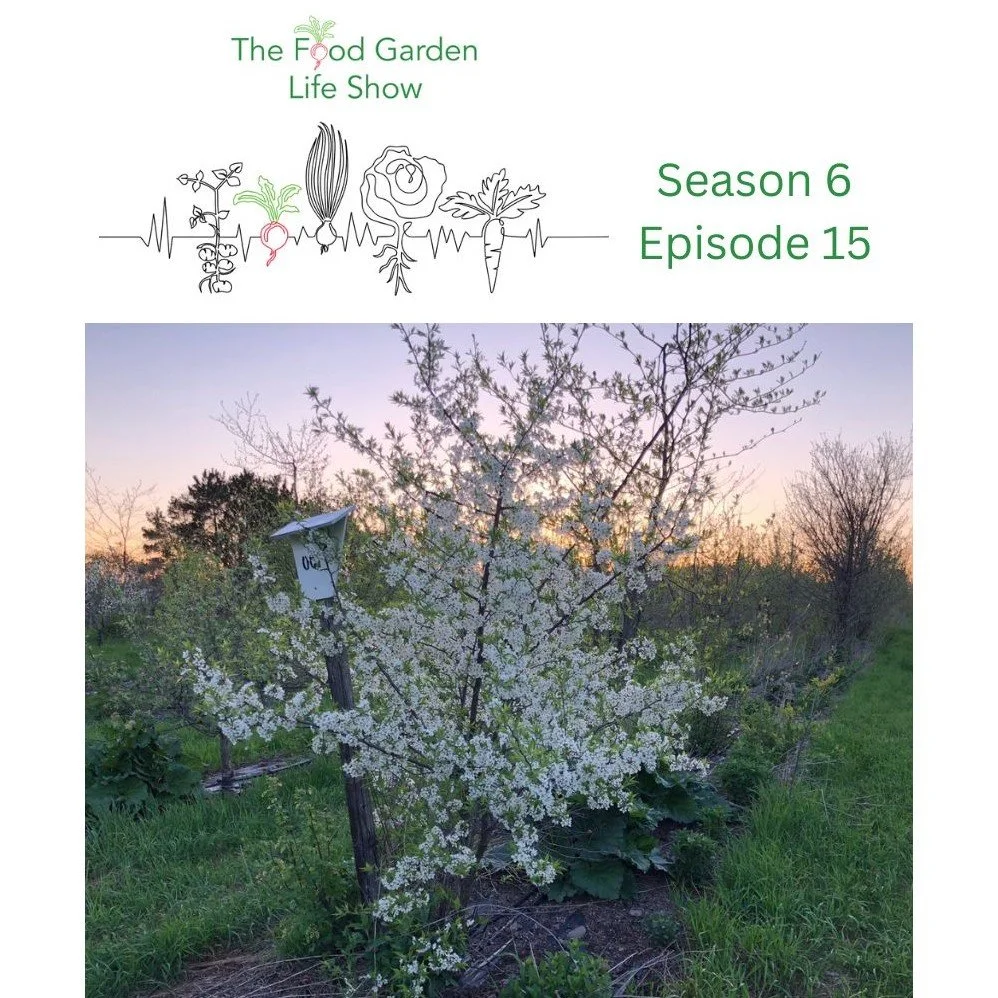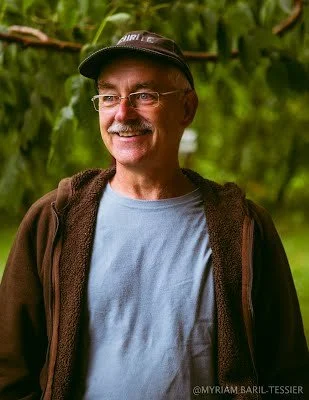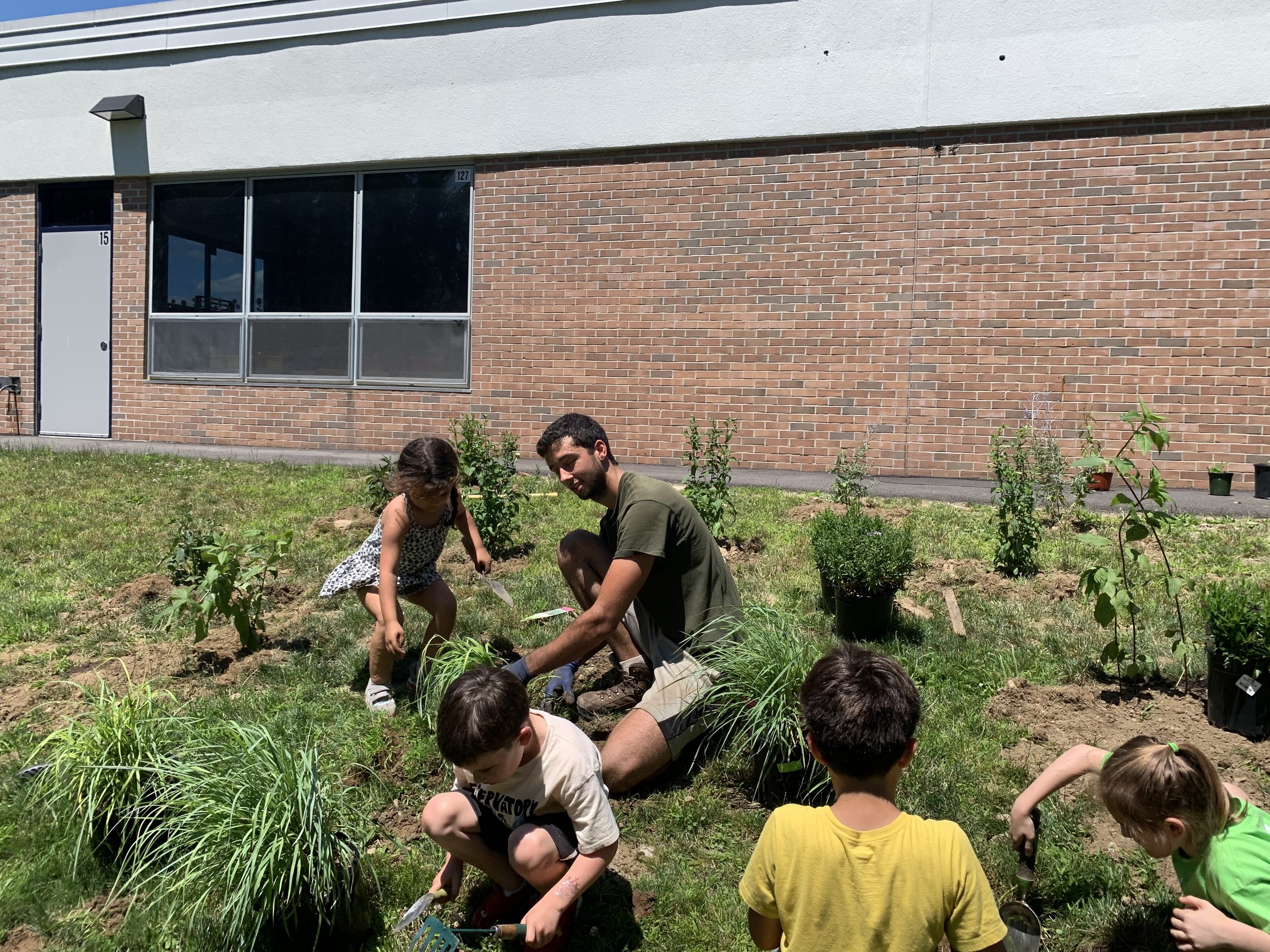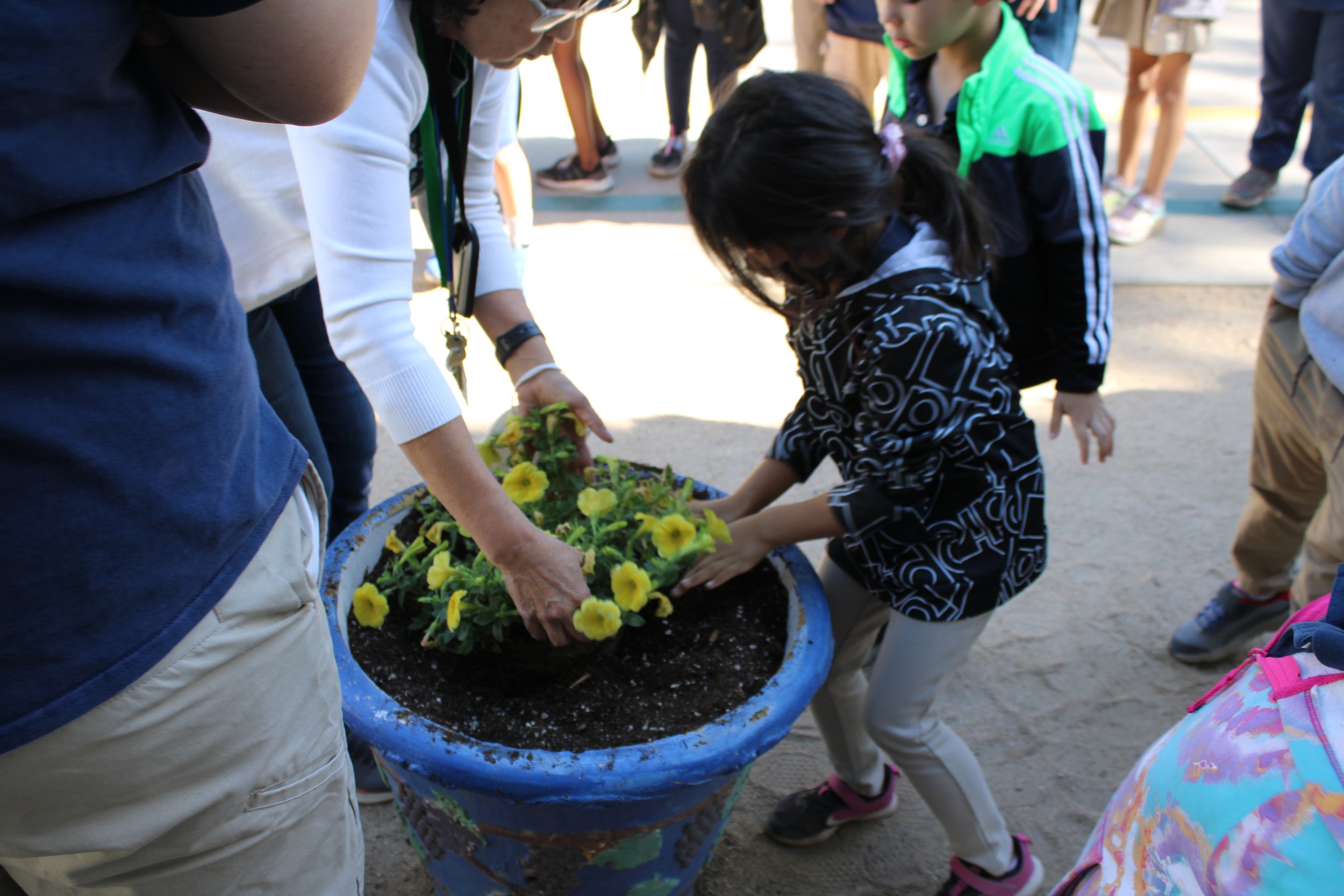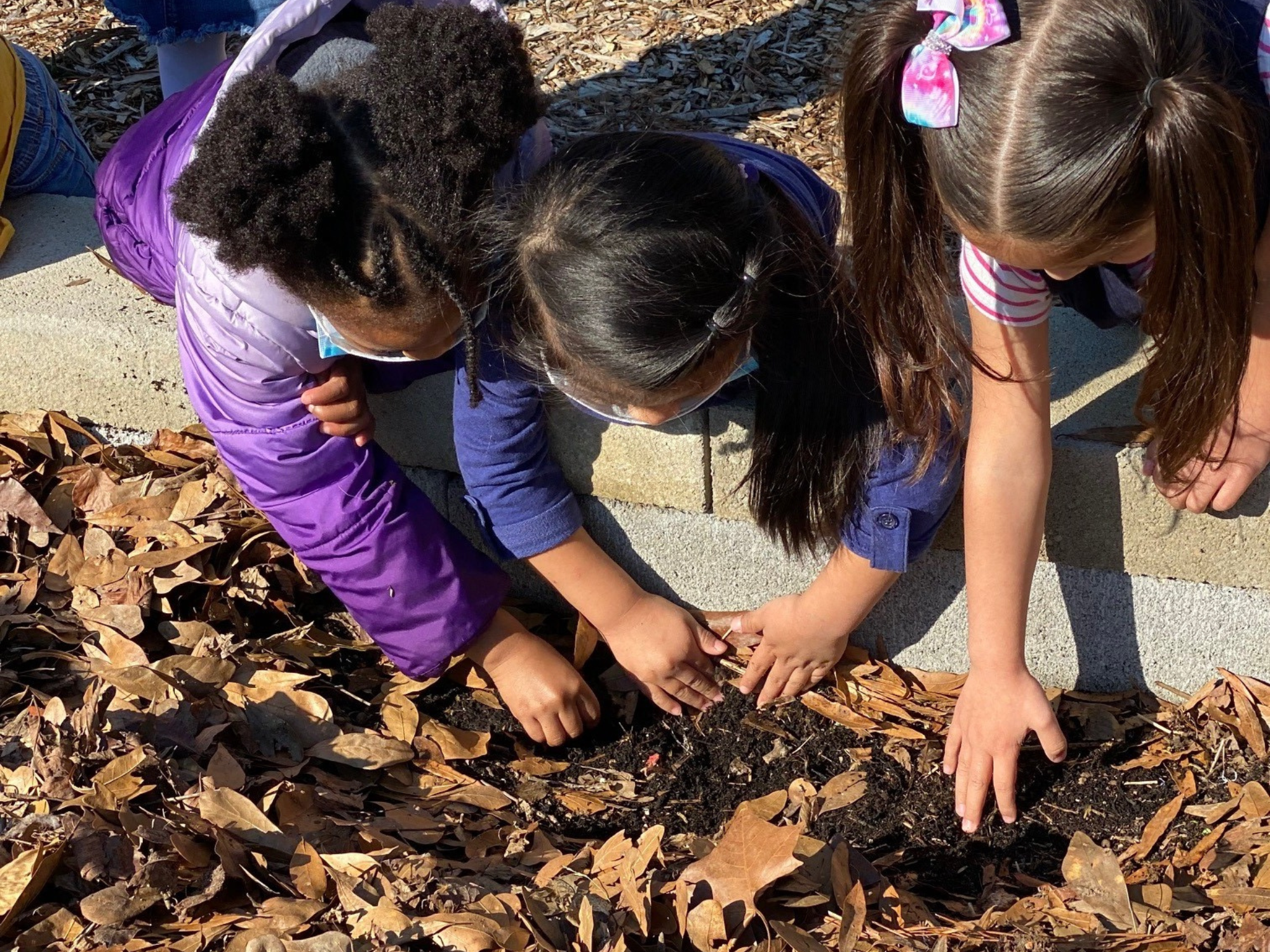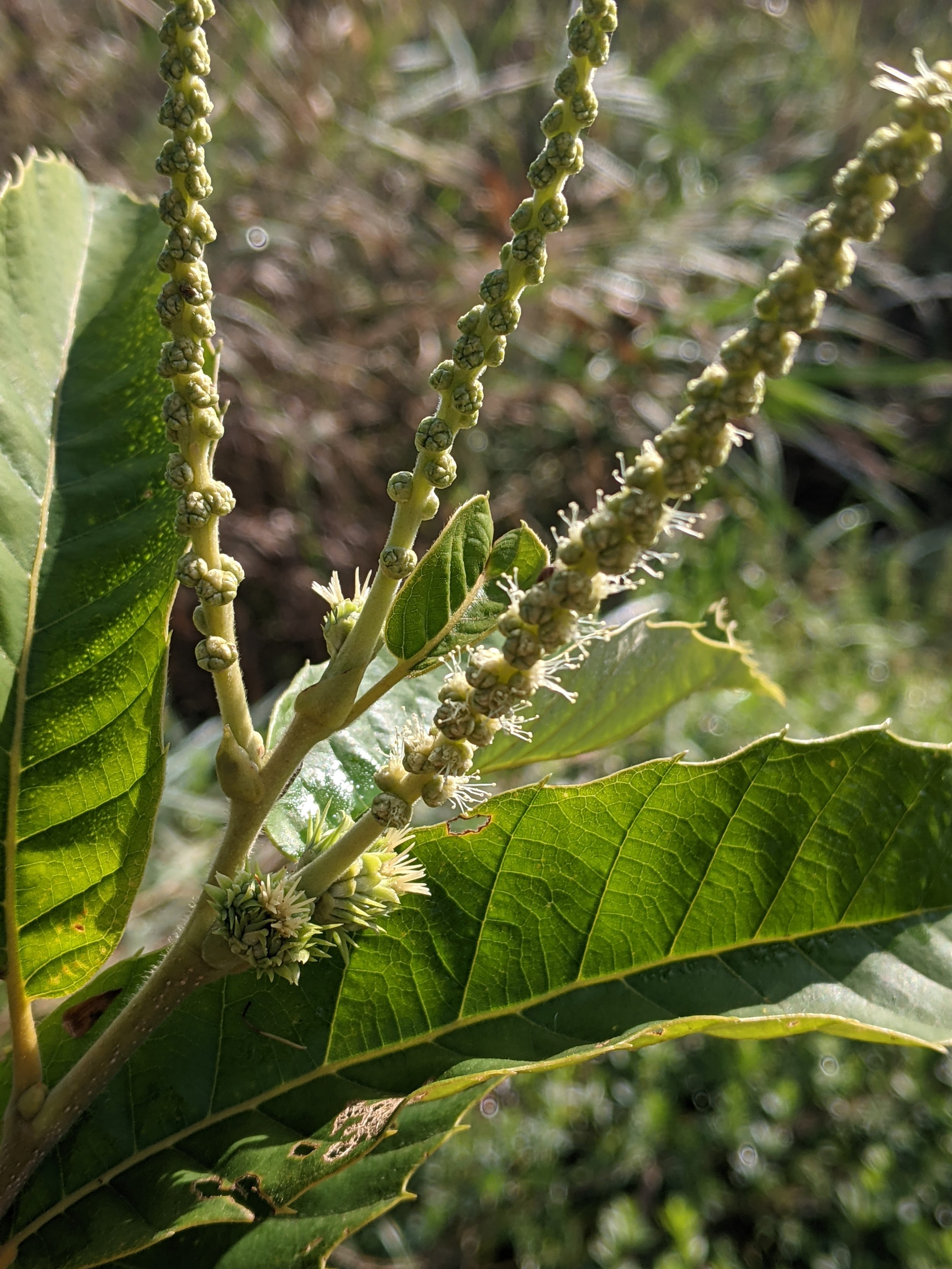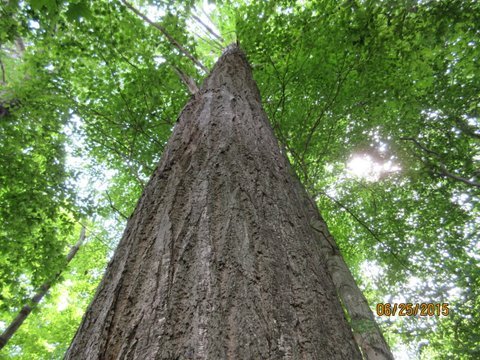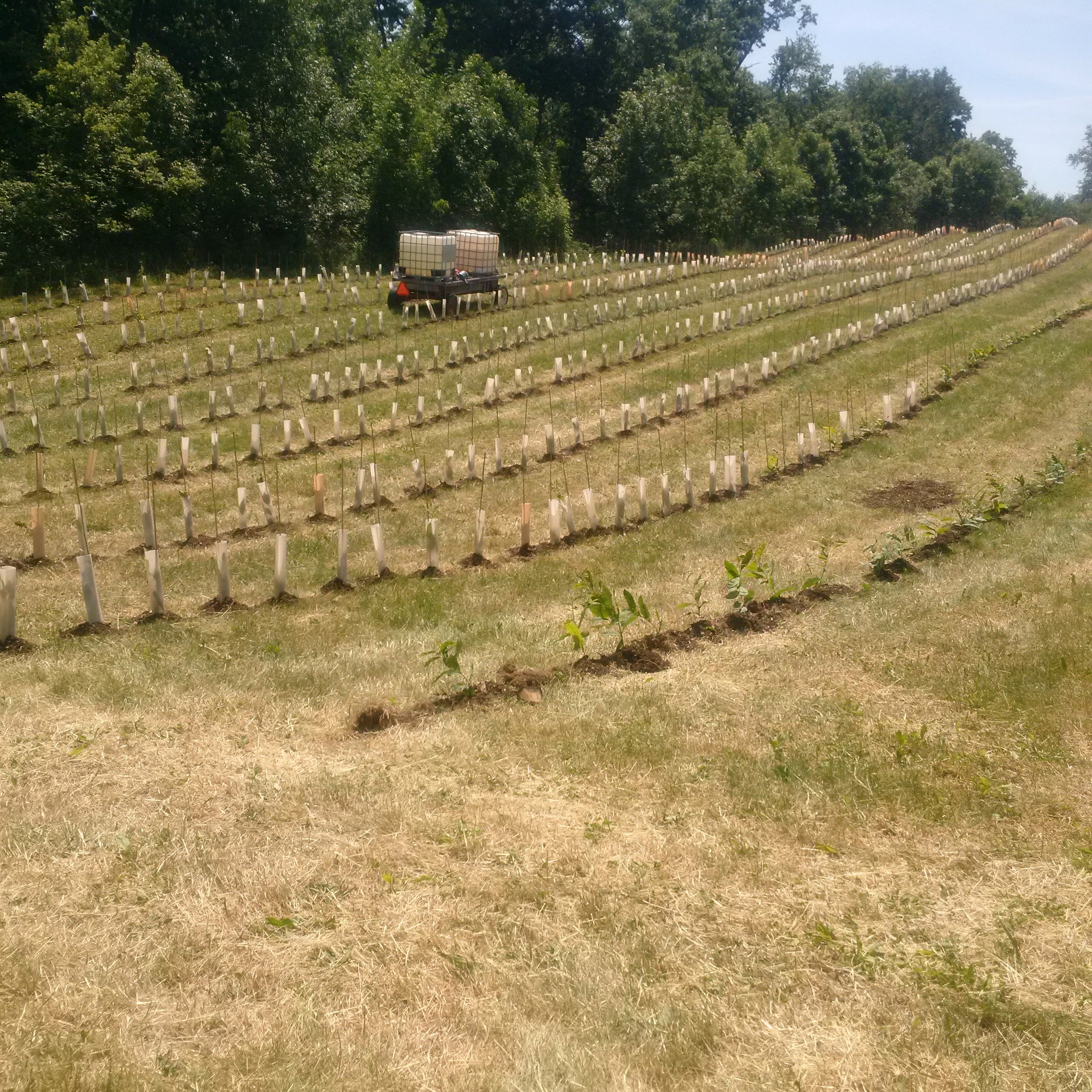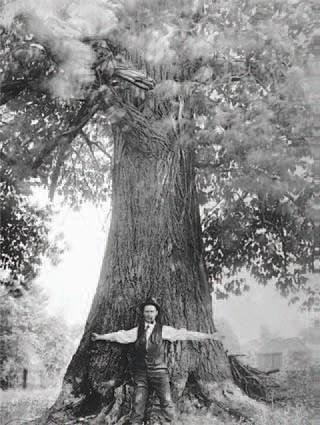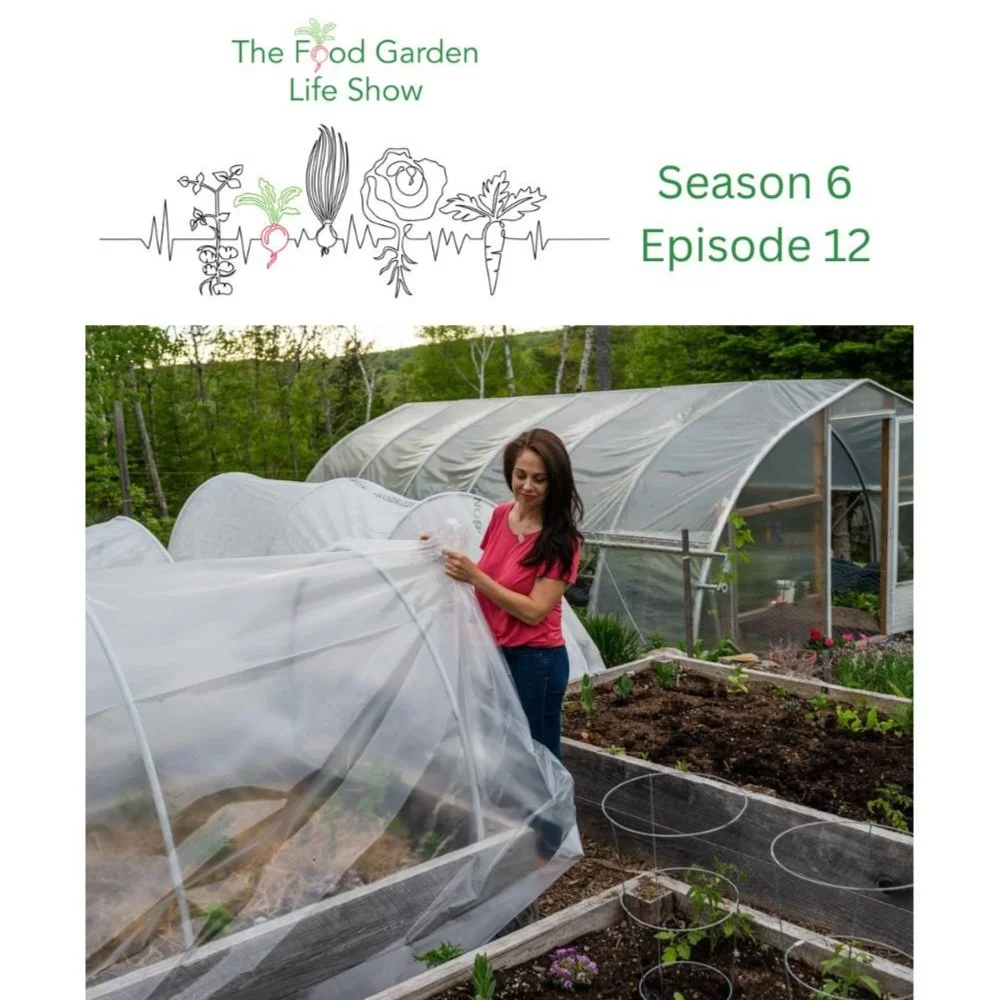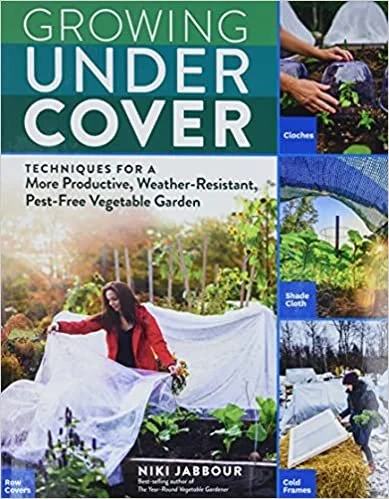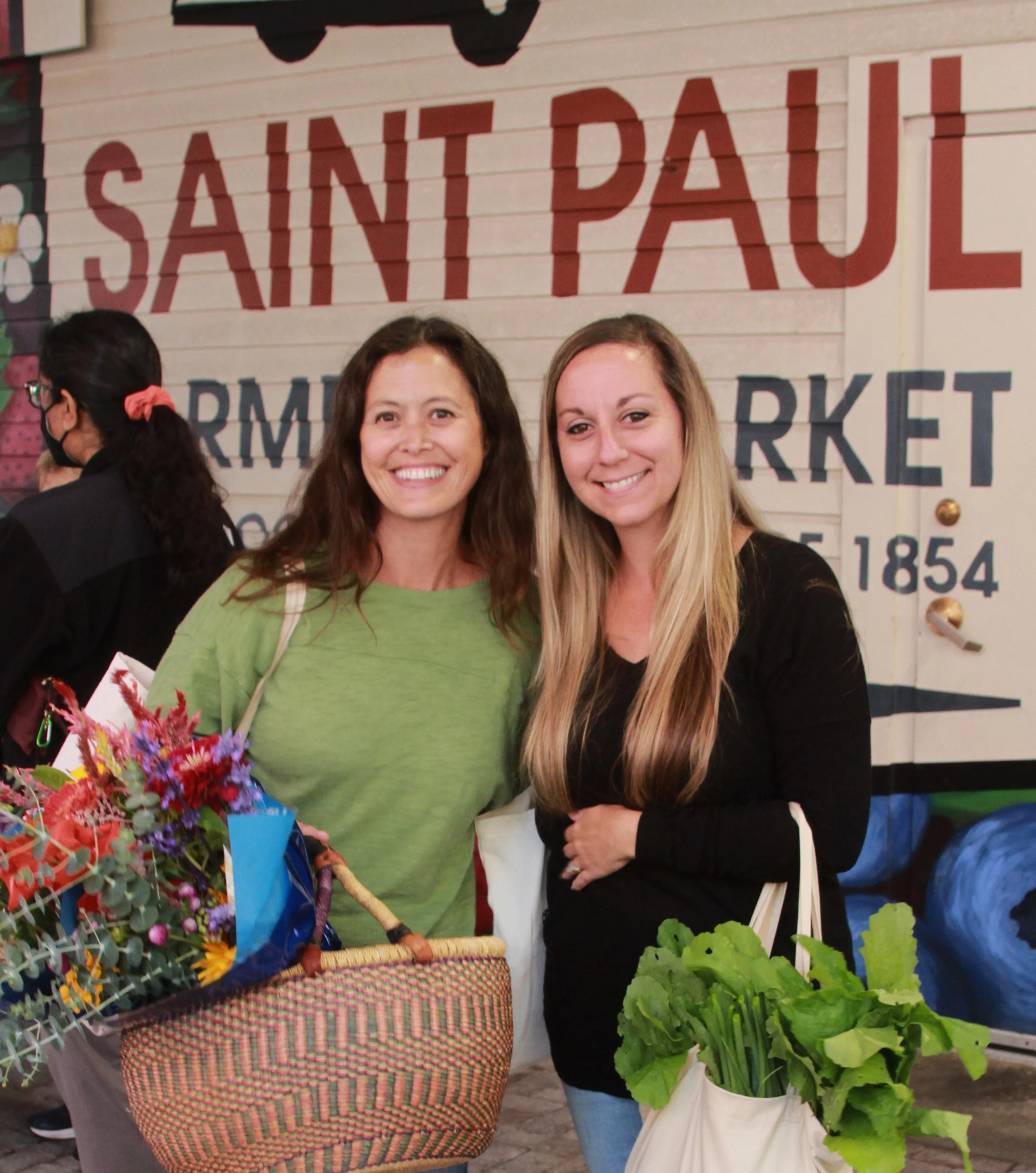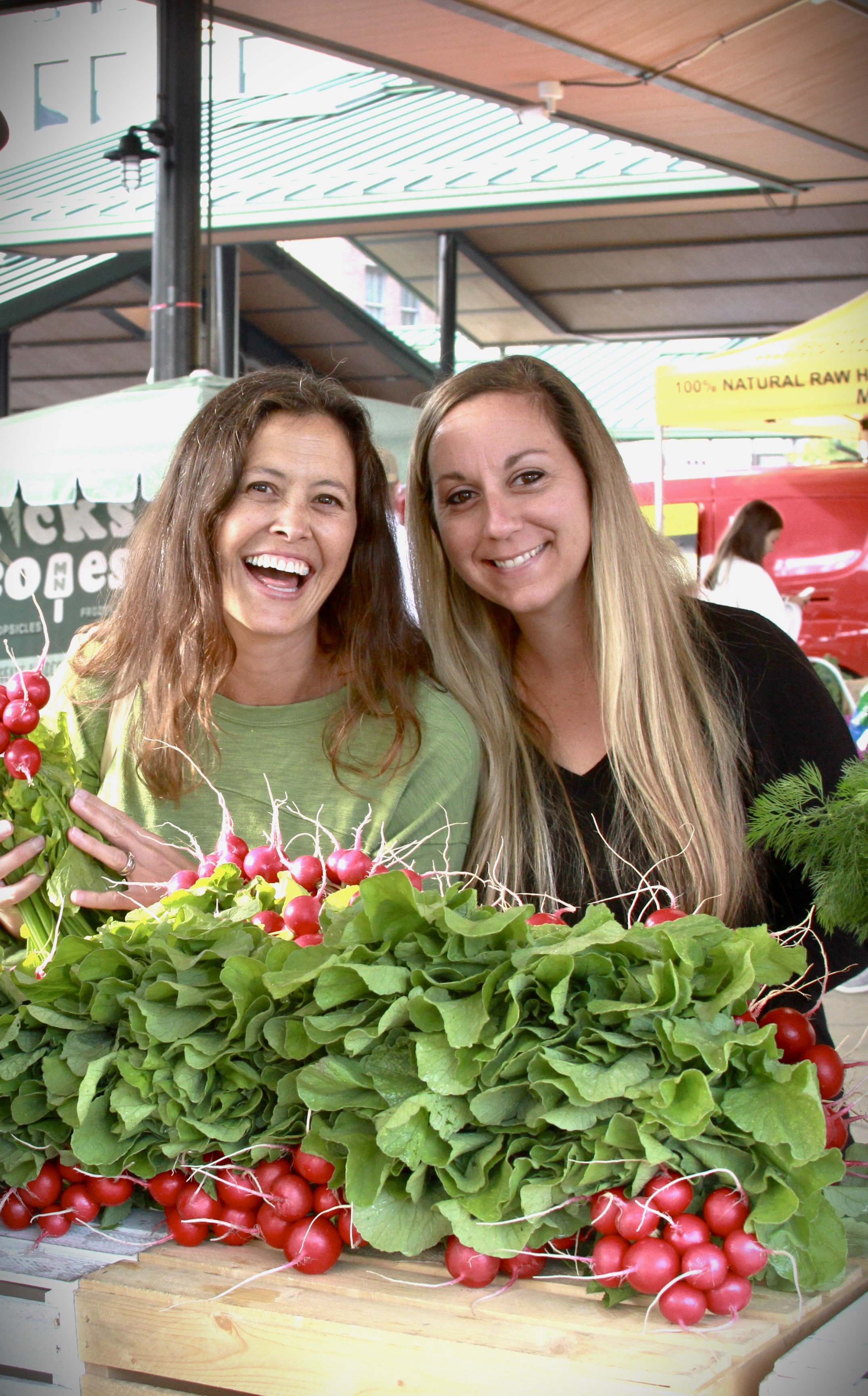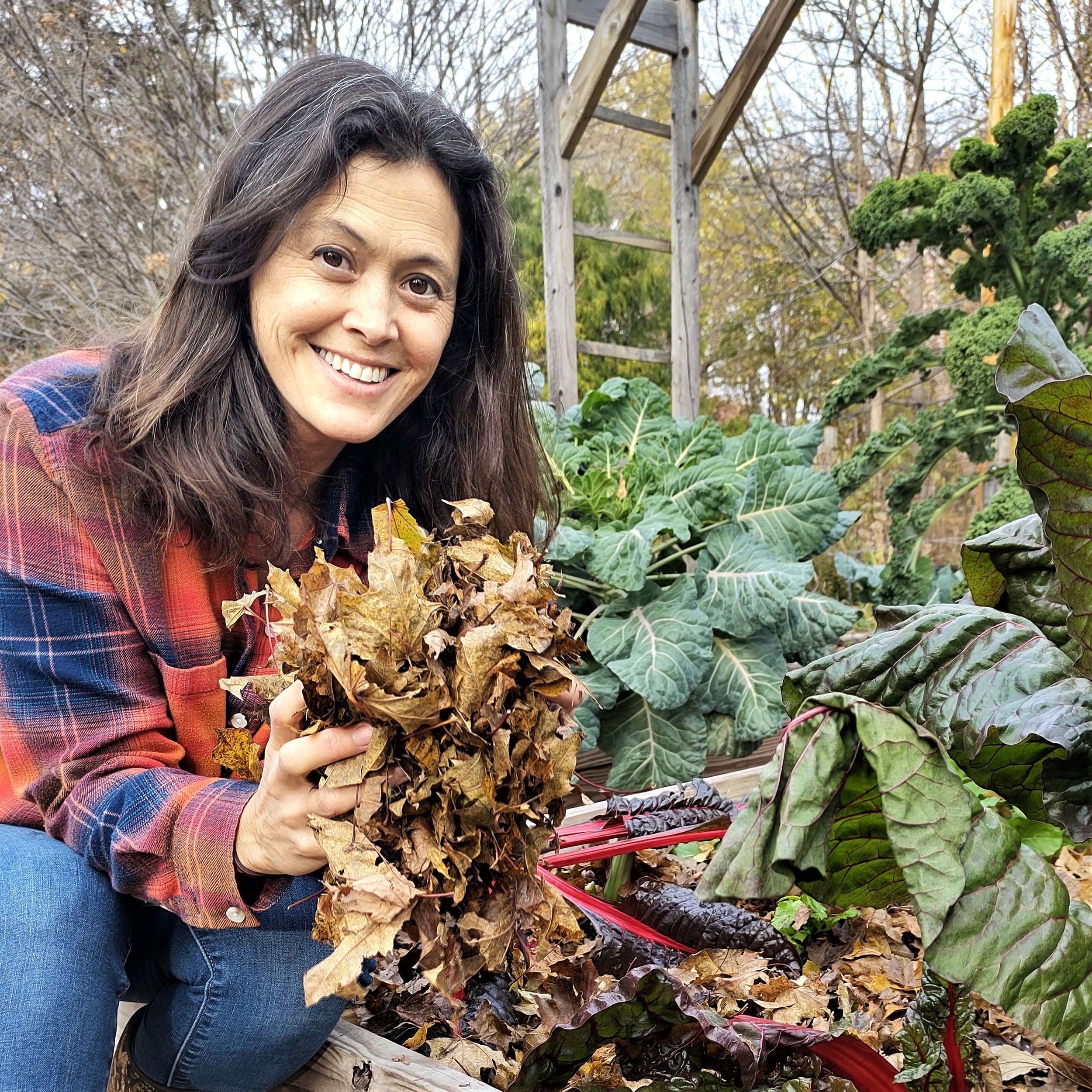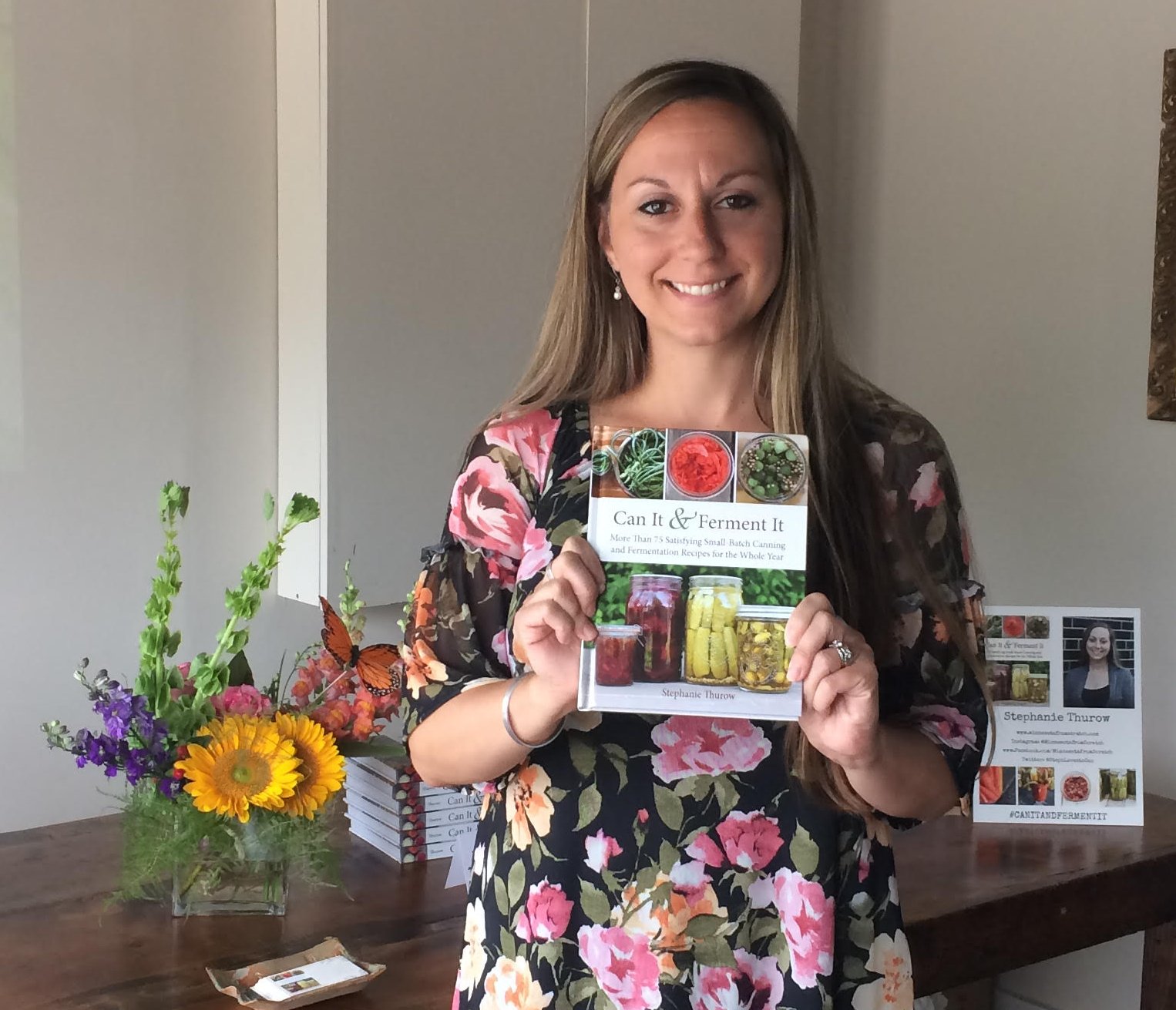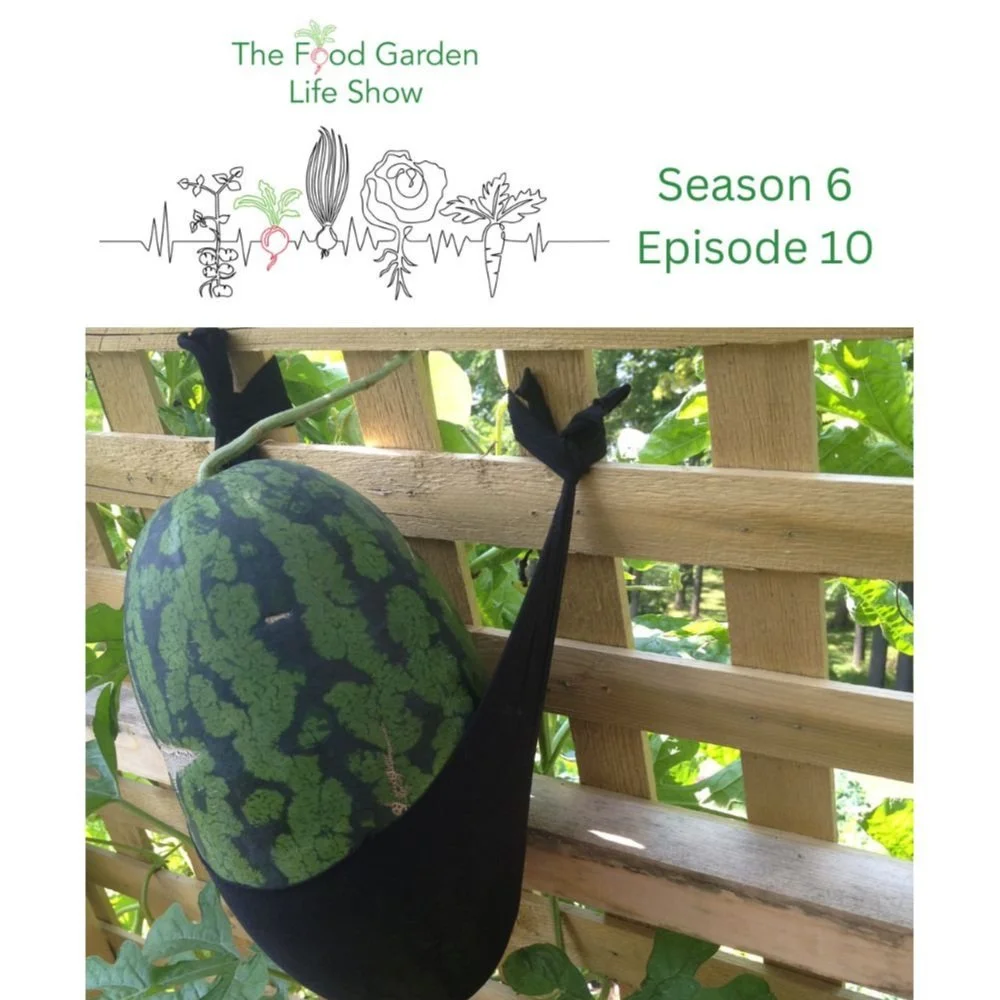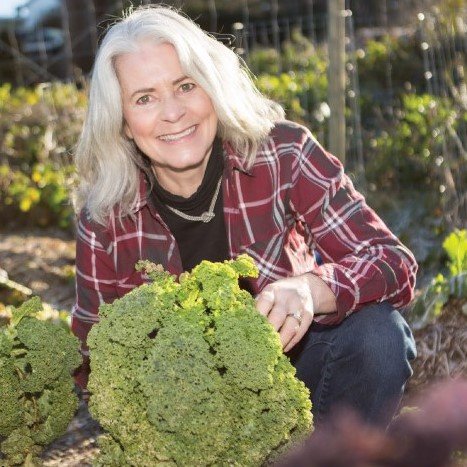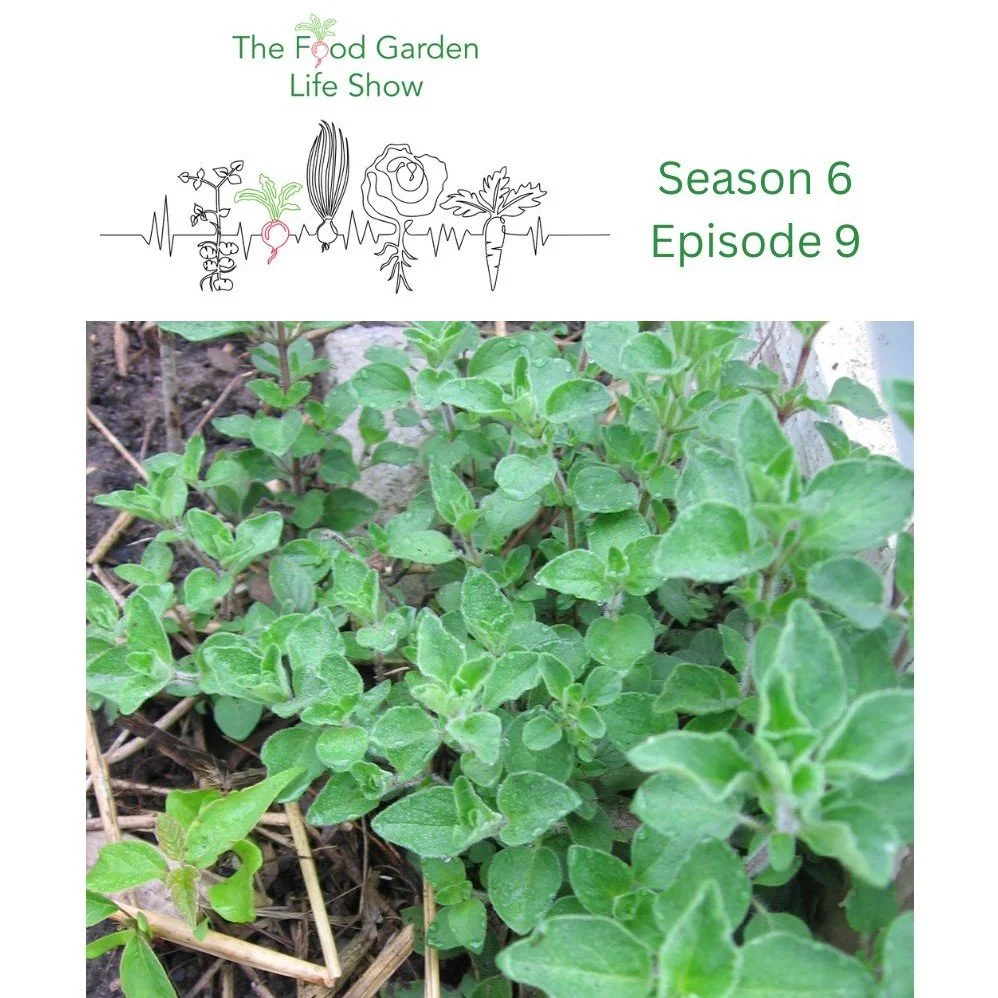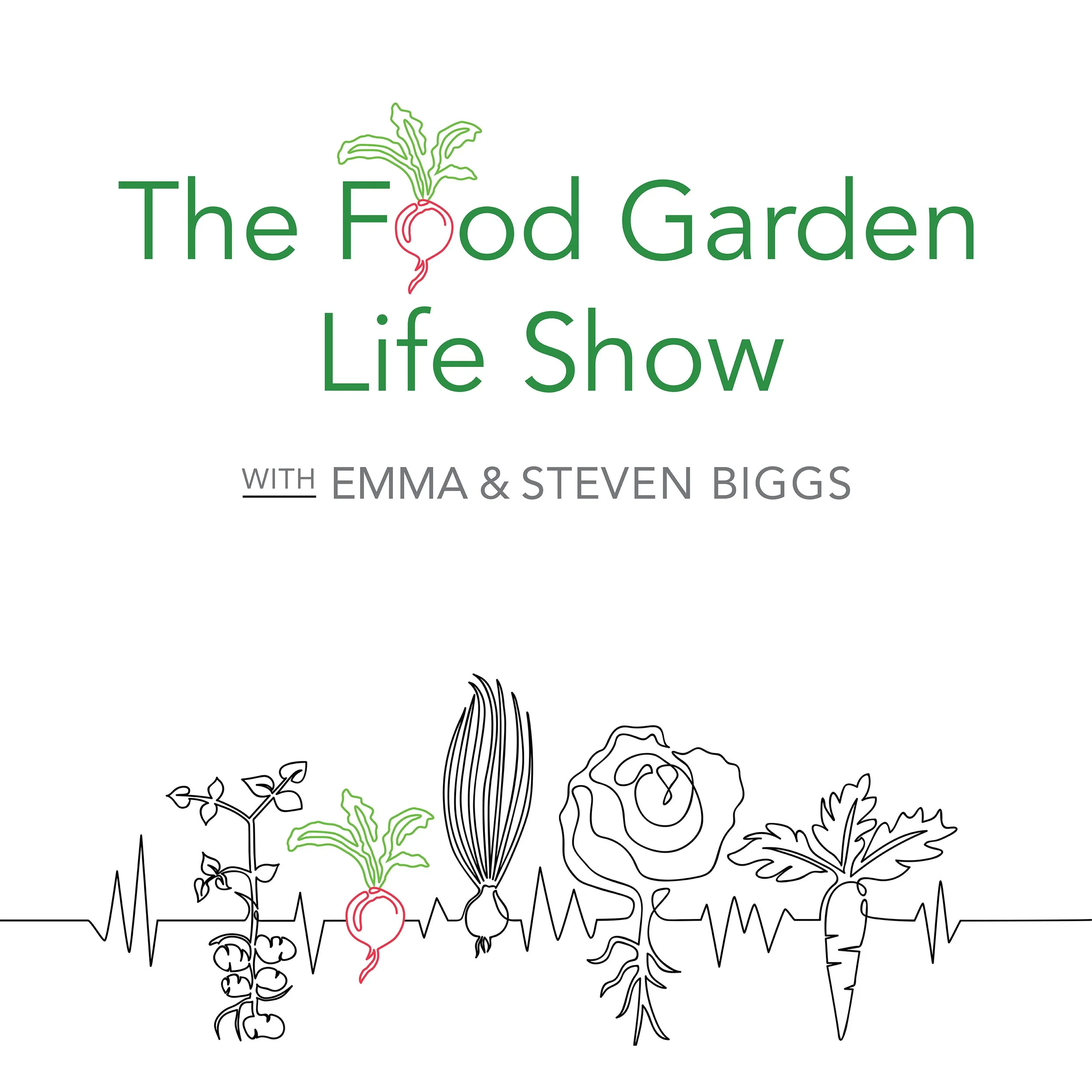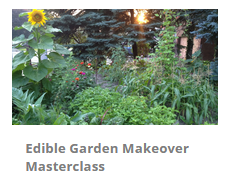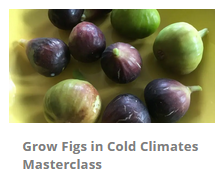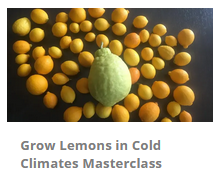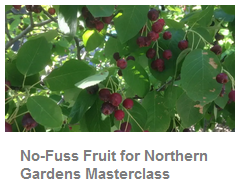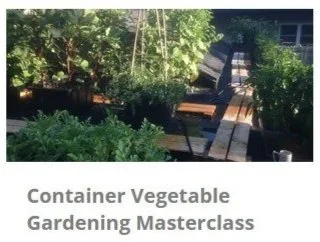Long, Skinny Garden? Hear How We Tweak This Space
From Lush Ornamental Foliage to Lush Edible Leaves
Not sure what to do with a long, skinny, straight-edged garden beside a driveway, patio, or building?
In this episode, we take a long, slender ornamental garden and reimagine the space with edible plants.
The garden we’re thinking about is actually a little sliver of the Joan of Arc Garden in Quebec City. But these same ideas work well in in many home-garden situations.
We talk about:
Crop ideas (kales, Thai basil, borage, shiso, and fern-leaf parsley)
Groupings vs. individual plants
Urns for adding height an interest in this skinny space
Plants that last into the fall vs. plants that fade with fall weather
If you’re looking for more on edible flowers like borage, check out this article about edible flowers.
Picture of the Space
Want to Switch Out Your Annuals? Try These Herbs Instead
From Coleus to Culinary Herbs
Do you have a garden where you use traditional annuals, but you want to switch it up for something edible?
Herbs are one option.
In this episode, we look at a space that has a tidy, slightly formal feel.
We replace the tightly clipped shrubs with edible alternatives.
And then we change out the annuals for herbs.
If you’re looking for more on using edible plants instead of traditional bedding plants, check out this post.
Picture of the Space
Hear How We Tweak a Public Space to Keep the Aesthetic but Add Edibles
A Container Garden Makeover
Wondering about adding edible plants to an existing gardening without spoiling the aesthetic?
With the right plant choice, along with an understanding of how the space is used, you can add edible plants without spoiling the looks.
In this episode, we take a public space and reimagine it with edibles.
It’s a big space, with lots of lawn. We talk about plant choice for this shady spot, and about plant placement that doesn’t interfere with how this space is used. We include:
Edibles as bedding plants
Using height to make a focal point
Edibles for colour
Edible perennials
Fruit for shade
If you’re looking for more on crops for shade, check out this post.
Picture of the Space
From Geranium Glut to Playful Herb Planter Box!
A Container Garden Makeover
Thinking of veggies for your container garden? Or planter boxes with herbs?
In this episode, we look at a patio surrounded by planter boxes that are filled with red geraniums...nothing but red geraniums.
Our goal? Transform this linear container garden from a continuous line of red into something varied, colourful—playful—and edible.
Hear two different approaches to reimagining the planter boxes so that they’re a low-maintenance edible container garden.
If you’re looking for more on the sub-irrigated planters from this episode, find out more here.
Pictures of the Space
Potager Style or Grazing Garden?
The Challenge
In this episode, the challenge is coming up with a creative food-gardening concept for a zone 3 garden.
Right now, the space is bare ground. It’s hard clay soil.
The garden space is nestled between a pathway and a retaining wall. There are nearby spruce trees, so there’s only morning sun.
There’s also a “hell strip” on other side of pathway, with a skinny little band of ground between the pathway and a greenhouse.
Challenges (apart from cold winters) include deer and rabbits.
Tune in below to hear me share two completely different concepts for this space!
Pictures of the Space
The main growing space, located between a low stone retaining wall and a pathway, with spruce trees on one side.
Looking at the main space from another view. Note the “hell strip” on the right, between the pathway and the greenhouse.
Approaching the space, which is just around the corner on the pathway.
SPRING Finale: How to Grow a Climate-Change Veggie Garden
Climate-change vegetable gardening with Kim Stoddart.
Making a Vegetable Garden More Resilient
We head to the UK to chat with homesteader Kim Stoddart about how to grow a resilient vegetable garden.
We talk about:
Top tips for growing vegetables when conditions are not predictable
Choosing crops for a climate-change vegetable garden
Perennial vegetables
Tips for veggie gardening in hot summers
Kim is an award-winning writer, journalist, and educator. Her new book is The Climate Change Garden: Down to Earth Advice for Growing a Resilient Garden.
Harvest Rainwater for Your Garden and Landscape
Harvesting rainwater with Brad Lancaster.
Rainwater Harvesting and Natural Air Conditioning
Brad Lancaster is a permaculture and regenerative-design consultant and educator. His specialty is sustainable landscapes.
We chat with Brad about using the landscape to harvest rainwater. And about using the landscape as a living air conditioner.
Brad also talks about a very inspiring project that he helped spearhead, a community food forest.
We talk about:
Using permaculture principles in landscaping
How to harvest rainwater in the landscape
The connection between landscapes and cooling
Using the soil and "speed bumps" in the landscape to make it a living sponge
Selecting plants to suit the landscape
The Dunbar Springs Urban Food Forest
Brad is the author of Rainwater Harvesting for Drylands and Beyond.
Need Space? Harvest More from the Same Plot with Vertical Gardening
Harvest more from the same space with these vertical-vegetable-garden ideas and vertical gardening crops.
Grow a Vertical Garden
Vertical vegetable gardening squeezes more plants into a limited space by making use of space above the ground.
In today’s episode, Steve digs into vertical gardening.
We talk about:
Top crops for vertical gardening
The benefits of vertical gardening
Support structures in a vertical garden
Materials to make your own trellises and support structures.
Small-Plot Intensive Vegetable Production (SPIN Farming)
Wally Satzewich talks about small-plot intensive farming, a.k.a. SPIN farming.
Worm Castings
Wally Satzewich joins us from Saskatchewan to tell us about Small-Plot Intensive Farming (SPIN Farming.)
Having studied psychology and ran a taxi franchise, Wally became interested in market gardening.
So he bought a farm.
But a conventional market garden wasn’t the right fit for him. That’s because a big operation requires hired help and capital outlay for equipment.
So Wally and his wife Gail sold the farm—and moved back to the city. To farm—to farm other people’s yards.
And in the process, Wally mapped out a system of best practices called SPIN farming (Small Plot Intensive farming.)
Today he tells us his journey, and what he’s learned along the way.
We talk about:
Running the 20-acre market garden
Downsizing and setting up in the city
The SPIN model and variations on it
Comparing SPIN farming to commodity farming
Using the SPIN model in small towns
Top tips for new urban and SPIN farmers
How to Feed Soil and Plants with Worm Compost (Vermicompost)
Worm compost and worm composting with Andrew Huxsel from Vermibec.
Worm Castings
Andrew Huxsel joins us from St Placide, Quebec to tell us about worm composting. Also known as vermicomposting.
Andrew runs Vermicbec, a company that sells worms and worm compost.
We talk about:
How vermicomposting works
Using vermicompost (a.k.a. worm castings or worm wompost)
Large scale vs. home-scale vermicomposting
Top tips for home gardeners wanting to try worm composting (If you’ve tried it and had bug problems, Andrew tells you how to solve the problem)
Edible Garden Question and Answer (and what to do about Bolting Lettuce)
Edible garden Q+A. Talking about tomatoes, microgreens, asparagus, lemons, artichoke, bolting lettuce…and squirrels.
Bolting Lettuce, Artichoke, Squirrels, and More!
It’s planting season here..and the gardening questions are pouring in.
Here’s the Q + A from our latest live show.
We talk about:
Favourite tomato varieties
Support for tomato plants
Mulch
Asparagus
Microgreens
Lemons
Artichoke
Squirrels
What to do about bolting lettuce
Here’s an article about artichokes: Find out How to Grow Artichoke in Northern Climates
7-Year-Old Certified Farmer Talks About Crops, Kids, and Insects
At 7 years old, Kendall Rae Johnson is the youngest certified farmer in the state of Georgia. She talks about her favourite crops and teaching other kids to grow food.
Youngest Certified Farmer in Georgia
We head to Georgia to chat with 7-year-old Kendall Rae Johnson and her mom, Ursula.
Kendall is the youngest certified farmer in the state of Georgia.
At her aGROWKulture Farm she grows her favourite crops and teaches other kids about gardening.
Kendall has been on Good Morning America, The Ellen Show, and Sesame Street.
Our own connection with Kendall is that we’re fans of the organization KidsGardening.. Emma and Kendall were both involved in an event that KidsGardening hosted last year.
Equipment for Healthy Soil, Less Toil, Minimal Till (and no more Rototiller!)
Zach Loeks on a versatile piece of equipment for gardens, market gardens, and building edible landscapes: The 2-wheel tractor.
2-Wheel Tractor
We chat with Zach Loeks, an educator and grower who specializes in edible ecosystem design.
He talks about the two-wheel tractor, a versatile piece of equipment that he says can be used by backyard gardeners, homesteaders, edible landscapers, and in community gardens.
(If you’re about to skip this episode because you don’t want more equipment…stay a while. Zach has insights into soil and tillage too.)
In this episode we talk about:
A look at the 2-wheel tractor
How it’s different from a rototiller
How home gardeners, landscapers, and homesteaders can use 2-wheel tractors
What can a 2-wheel tractor do beyond tilling (spoiler alert: they can blow snow and bale hay too!)
Earthworks for swales, berms, and beds on contour
Tillage: minimum till vs. no-till
Zach’s books are:
The Permaculture Market Garden
The Edible Ecosystem Solution
The Two-wheel Tractor Handbook.
This Orchard Doesn't Look Like an Orchard (and it's full of Trios!)
Stefan Sobkowiak talks about how to create a permaculture orchard.
Permaculture Orchard
We chat with orchardist Stefan Sobkowiak who replaced an organic apple orchard with a permaculture orchard at Miracle Farms.
“Imagine an orchard that doesn’t look like an orchard.”
Stefan Sobkowiak at Miracle Farms, a permaculture orchard. (Photo by Myriam Baril Tessier)
We talk about:
Why he prefers a permculture planting to a monoculture organic apple orchard
How can an orchard be a permaculture?
The system of “trios” he uses as a basic design unit
Minimizing external inputs
Using sheep in an orchard
Timelines for establishing a permaculture orchard
Using fruiting shrubs under trees
Planting perennial flowers, herbs, and vegetables underneath fruiting shrubs
When it comes to the idea of permaculture, Sobkowiak says, “It’s just applied common sense.”
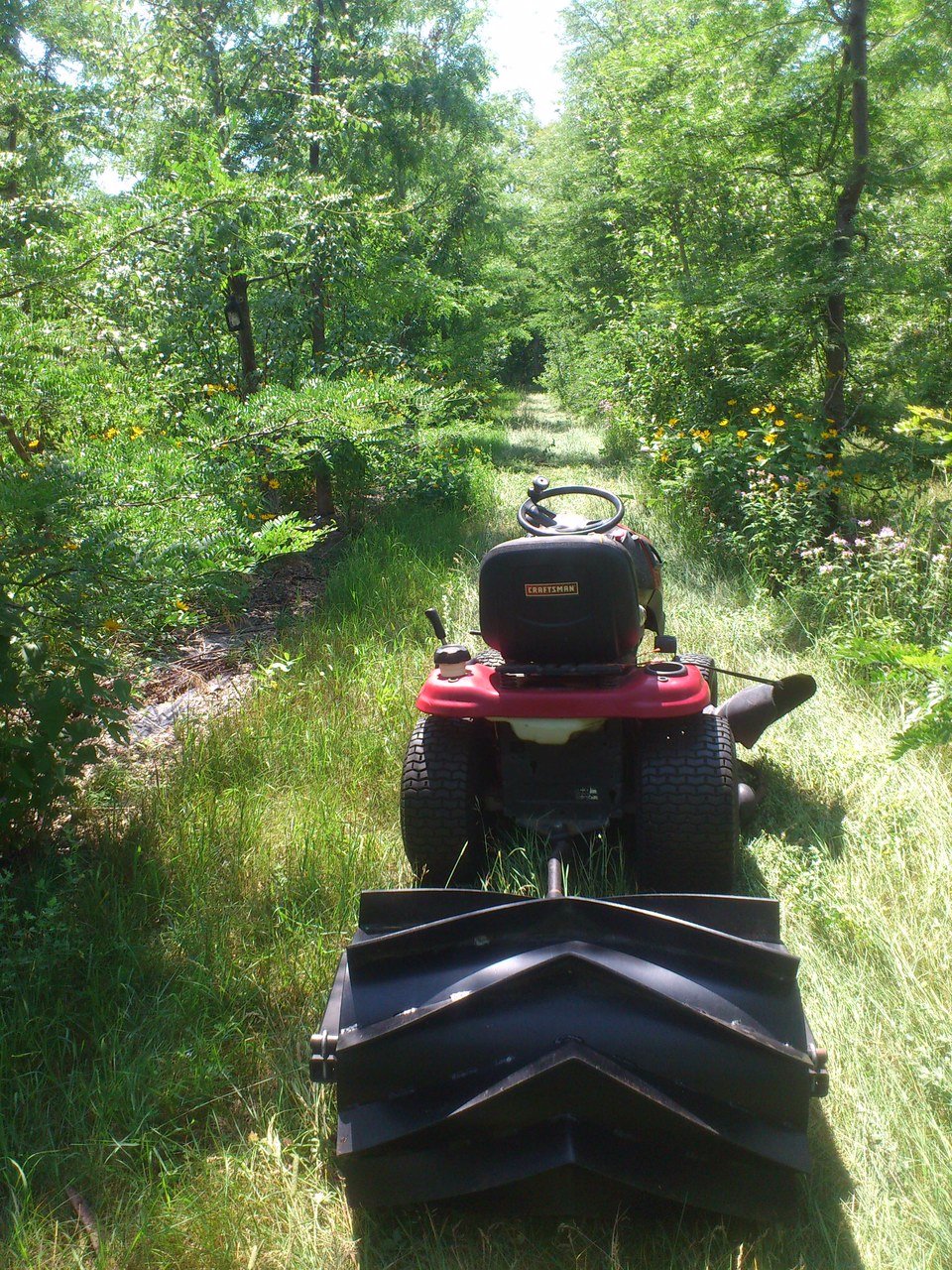
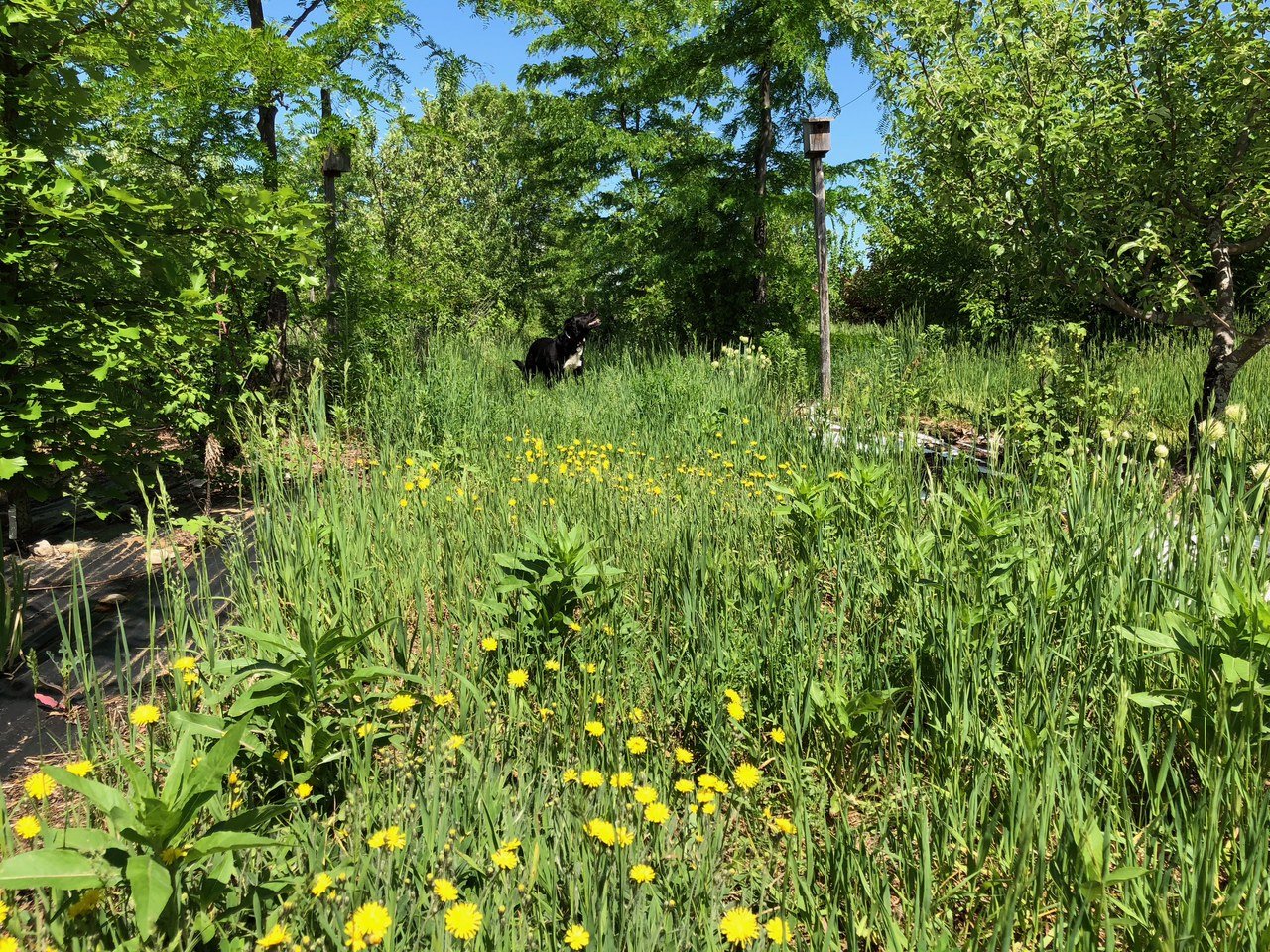
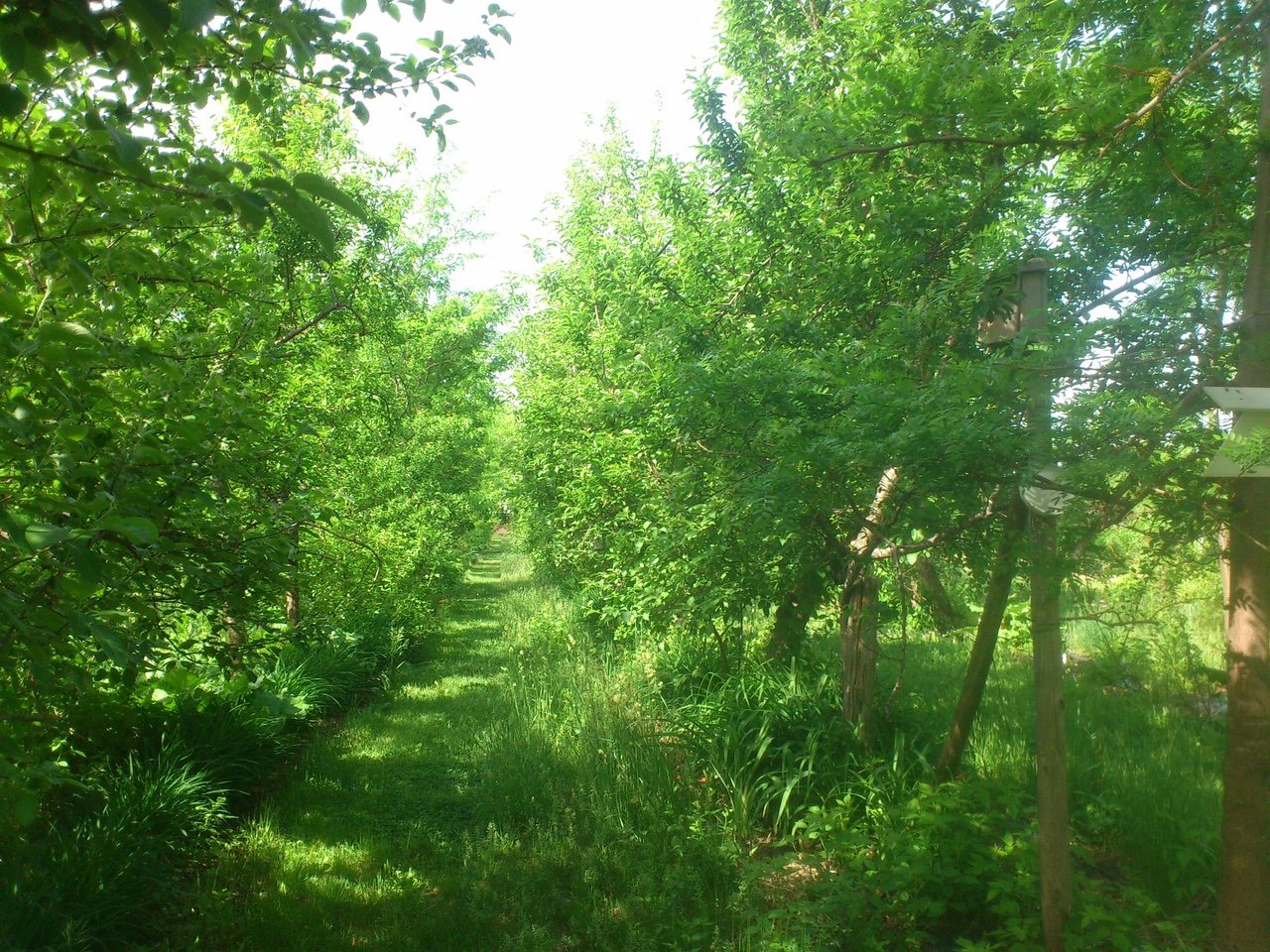
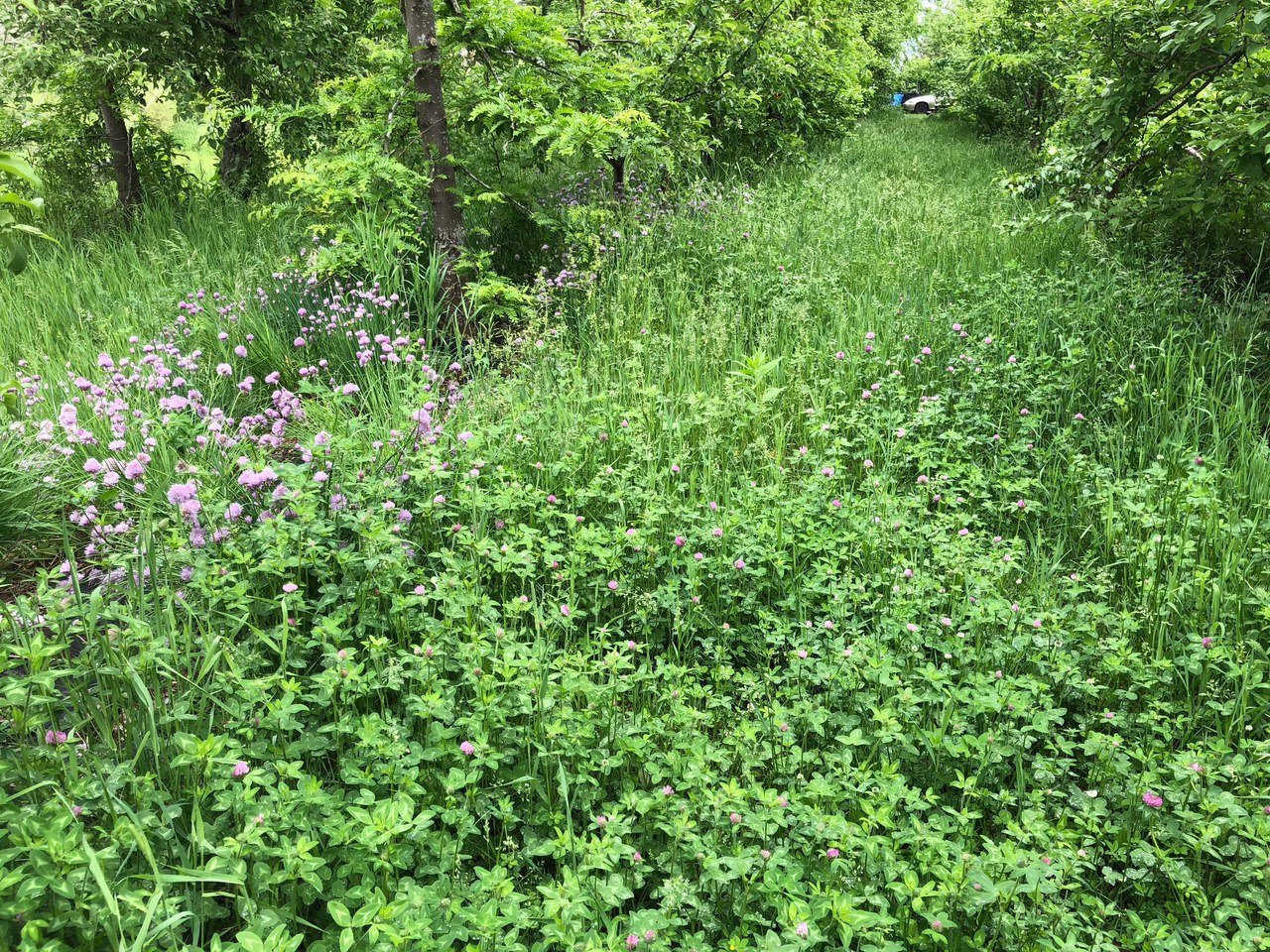
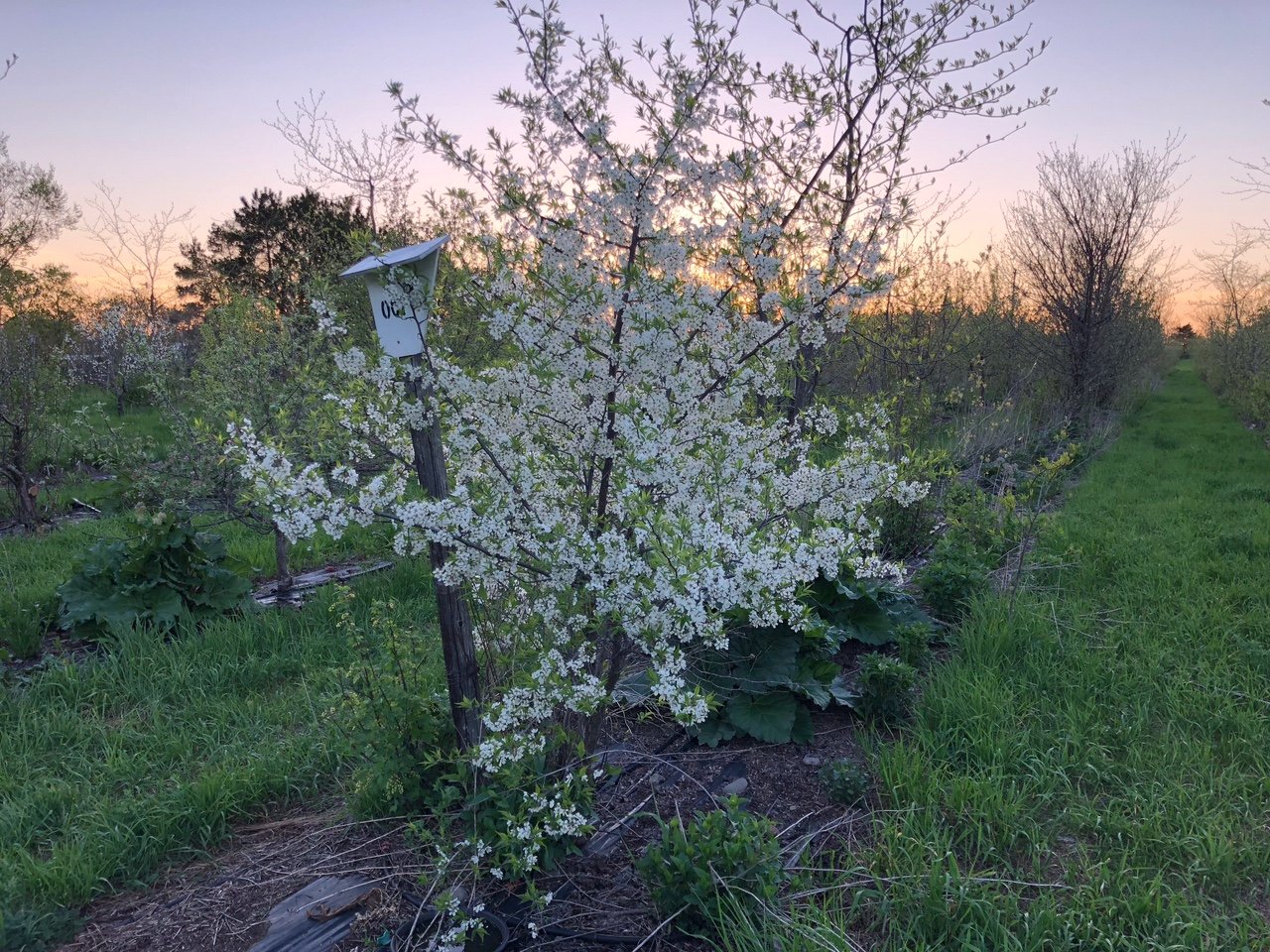
Kitchen Scrap Gardening: From Avacado to Ginger to Citrus
Talking about kitchen-scrap gardening projects for kids with Em Shipman from Kids Gardening.
Grow What's in Your Kitchen!
In this episode, we head to Vermont and get great ideas for what we can grow right now, in early spring, using what’s in the kitchen.
We talk about kitchen-scrap gardening with Em Shipman, Executive Director at KidsGardening.
Em also tells us about Kids Garden Month, with lots of fun activities and prizes for kids.
Em Shipman, Executive Director of Kids Gardening.
We talk about:
Growing small seeds from the kitchen (e.g. citrus)
Growing large seeds (e.g. mango, avacado)
Growing roots and tubers and rhizomes (e.g. ginger, sweet potato)
Things for kids to do in the garden in early spring
More Kids Gardening Ideas
We have lots of fun kids gardening ideas for you.
Check out our kids gardening section, with plans for a bug vacuum, and Emma’s videos about how to grow crops for kids.
Figuring Out How to Bring Back a Lost Giant...the American Chestnut
Talking about the American chestnut and breeding disease-resistant varieties with Ron Casier from the Canadian Chestnut Council.
Blight-Resistant American Chestnut in Canada
In this episode, we dig into some history, a sad story – and hope.
All this from a tree that was known as the redwood of the east. A towering tree prized for its wood. A tree pivotal to the forest ecosystem.
And by the 1950s, it was thought to be extinct in Ontario.
But it wasn’t extinct. And it’s not extinct now.
We head to southwestern Ontario to find out what the Canadian Chestnut Council is doing to bring the American chestnut back to the landscape.
Whether you’re a forager, interested in food forests, or want to grow nuts, this is a fun chat.
Our chestnut guide is Ron Casier, chair of the Canadian Chestnut Council.
We talk about:
The American chestnut, and the place it held in the ecosystem
Chestnut blight, and its effect on chestnut populations
The “Canadian” American chestnut
Breeding disease-resistance American chestnut varieties
Afraid of Late Spring Frost? Low-Tech Mini-Tunnels are a Simple Solution
Talking about mini tunnels with expert vegetable gardener Niki Jabbour
Niki Jabbour on how to Make and Use Mini Tunnels
Less frost damage. Fewer bugs. Better growing conditions.
Mini tunnels have lots of advantages, and they're easy to make and use.
For this episode, we head to Nova Scotia to chat with vegetable gardening expert Niki Jabbour about how to make and use mini tunnels.
She’s the author of Growing Under Cover: Techniques for a More Productive, Weather-Resistant, Pest-Free Vegetable Garden and the creator of the online course How to Build and Use Mini Hoop Tunnels in the Vegetable Garden.
We talk about:
What mini tunnels are
Mini tunnels and weather
Mini tunnels and pests
Materials to make mini tunnels
Getting an early start in the spring garden
Turbo-charging heat loving crops with mini tunnels
How to Homestead and Live Sustainably in Your Community: Small-Scale Homesteading
Talking about small-scale homesteads with Michelle Bruhn and Stephanie Thurow.
Small-Scale Homesteading
Homesteading as a State of Mind
We head to Minnesota to chat with small-scale homesteaders Michelle Bruhn and Stephanie Thurow.
Both are urban homesteaders, and they’ve collaborated on a book to help small-scale homesteaders, Small-Scale Homesteading.
We talk about:
What homesteading means to them
The idea of small-scale homesteads in urban and suburban areas
Tips for aspiring homesteaders
How to get started homesteading
Stephanie’s Rhubarb Shrub
Stephanie talked about her rhubarb shrub in this episode, and said she’d share the recipe. Here it is!
Yield: 2-3 cups finished shrub
Ingredients
1.5 cups rhubarb, chopped (fresh or frozen) – discard green leaves, as they are poisonous.
1.5 cups white granulated sugar
Days later: 1.5 cups organic apple cider vinegar (or other drinking vinegar of choice).
Directions
Scrub rhubarb clean, chop and combine with sugar in a clean pint canning jar. Shake jar to mix sugar and rhubarb well. Wipe the rim of the jar with a clean dampened towel and apply the canning jar lid and tightly screw on the ring. Store the jar at room temperature, out of direct sunlight and allow the mixture to macerate over a couple days, until a thick syrup is made. A few times per day, vigorously shake the mixture to speed up the process (or you can use a clean spoon to stir well).
After 2-3 days, once the sugar has dissolved and a syrup is made, use a fine mesh strainer to strain out the solids, reserving the syrup in a measuring cup. Use the back of a spoon to push out any excess syrup. Once strained, measure the amount of syrup that was collected and add that same amount of vinegar to the syrup (it will be 1-1.5 cups of vinegar), stir well to mix. Store in a clean airtight jar and refrigerate. Enjoy within a few months for best flavor.
To serve
Mix about a shot of the shrub mixture with water, or carbonated water. Serve over ice. Shrubs also make delicious and unique cocktail mixers.
Side notes
You can also use brown sugar, coconut sugar, maple syrup or other sugar alternative in place of white granulated sugar.
This method of shrub making can be applied to any fruits and herb combinations. Strawberry shrub is my all-time favorite.
Don’t toss the strained-out fruit solids! They are delicious mixed into plain yogurt or oatmeal or blended into a smoothie.
This recipe was adapted from WECK Small-Batch Preserving (2018) with permission from Skyhorse Publishing, Inc.
Big Harvests from a Small Space with a Vertical Vegetable Garden
How to grow a vertical vegetable garden, with Donna Balzer.
Grow a Vertical Vegetable Garden
Space. For many gardeners, there’s never enough of it.
So in small spaces we train crops upwards instead of outwards. The term vertical gardening is often used to talk about adding the dimension of height to a garden.
Today on the podcast we head to Vancouver Island to chat with vegetable gardening expert Donna Balzer about vertical gardening.
Steven and Donna are teaming up to hold a live online event on Vertical Vegetable Gardening on April 4, 2023.
Bay Laurel
Dave Hanson from The Grow Guide Podcast joins us to talk about growing the Mediterranean herb bay laurel.
Steven and Dave are teaming up for a live online event on creating a Mediterranean Kitchen Garden in cold climates on March 14, 2023.
Outstanding Oregano + What to Produce Besides Crops on a Homestead
Growing great oregano, and ways to earn income on a homestead beyond crops and livestock.
Oregano that Tastes Like Oregano!
We find out how to grow great Oregano with Dave Hanson from The Grow Guide Podcast.
(No more bland oregano that tastes like...hay!)
Why Now is a Great Time to Homestead
Homesteader Steve Maxwell talks about his journey from suburban Toronto to a rural homestead on Manitoulin Island.
He tells us why he think there's more opportunity than ever for homesteaders today.
Steve shares his ideas about homesteading opportunities here.


